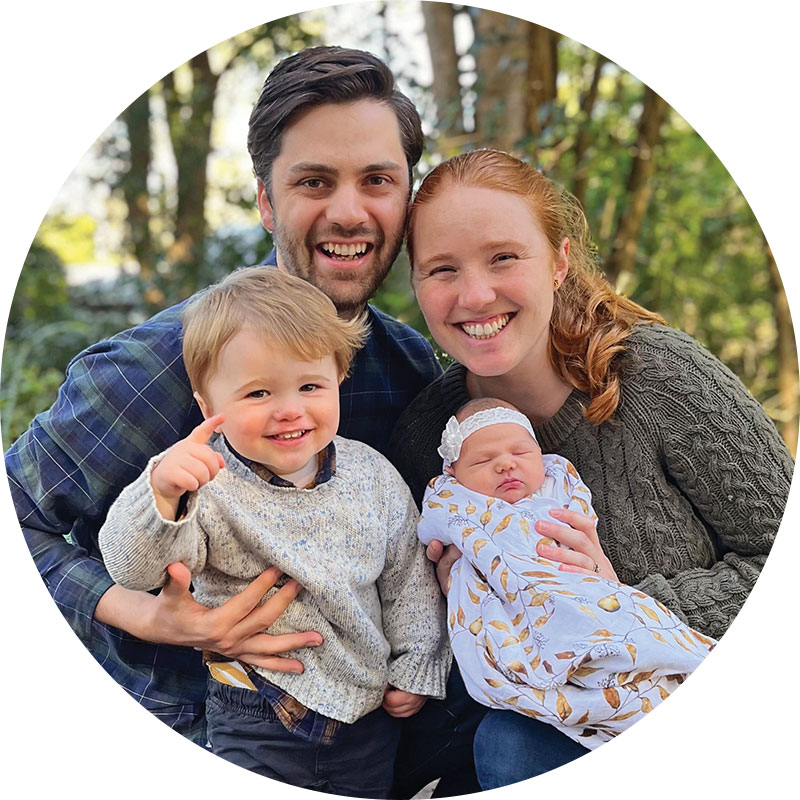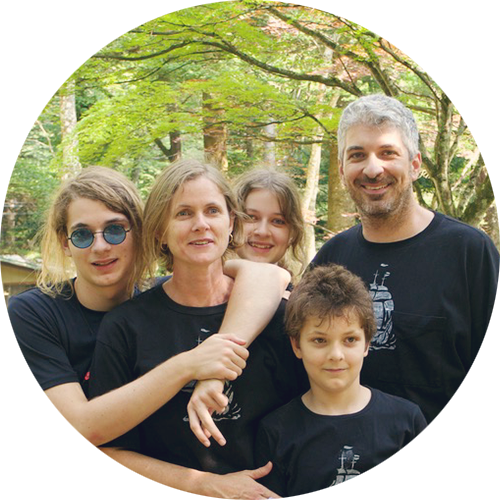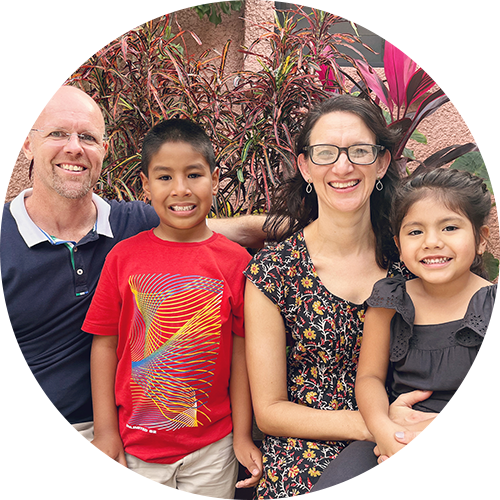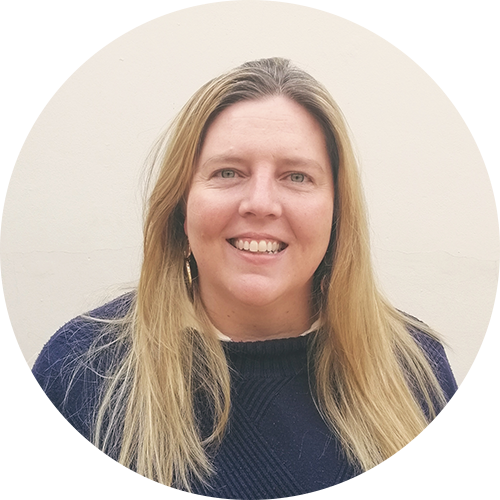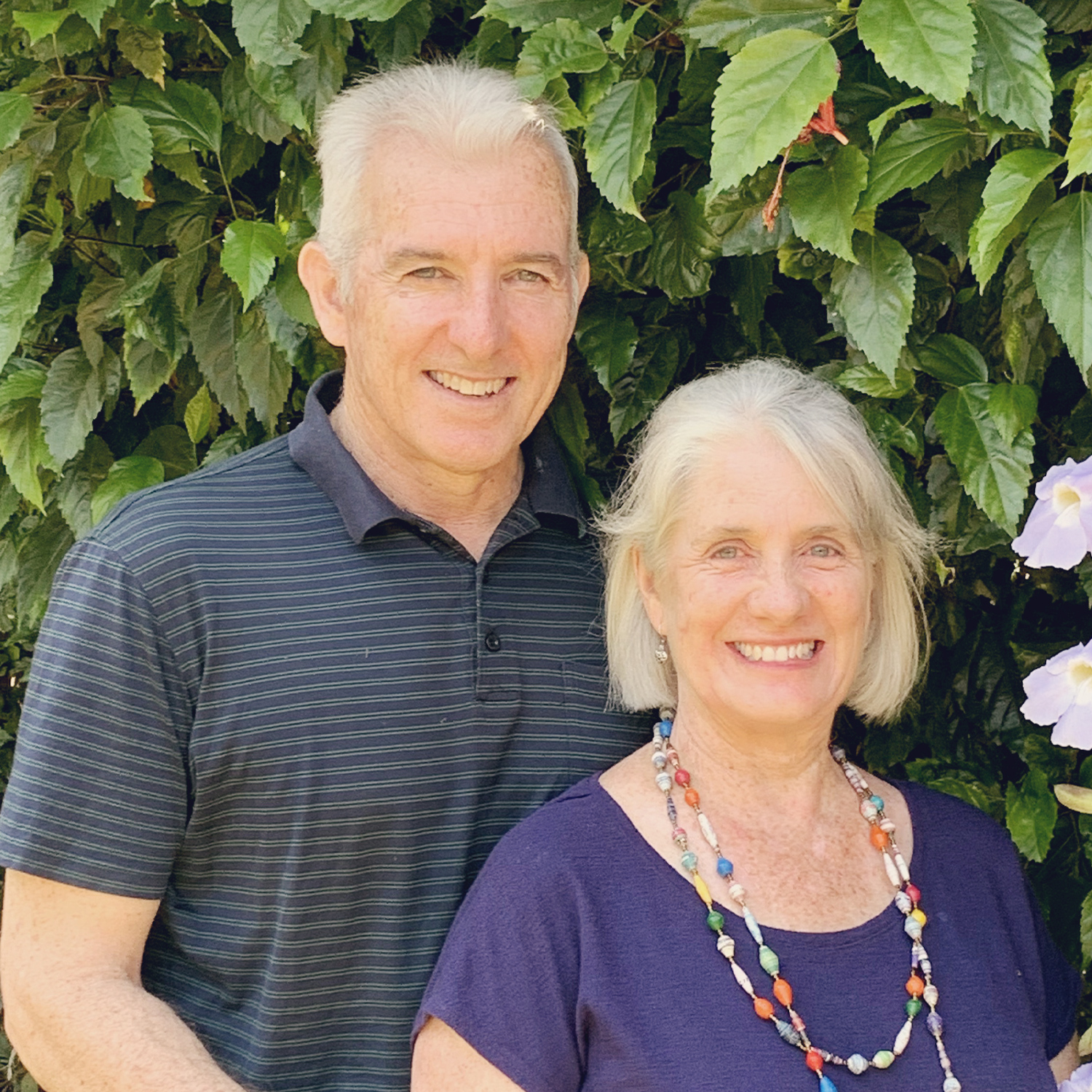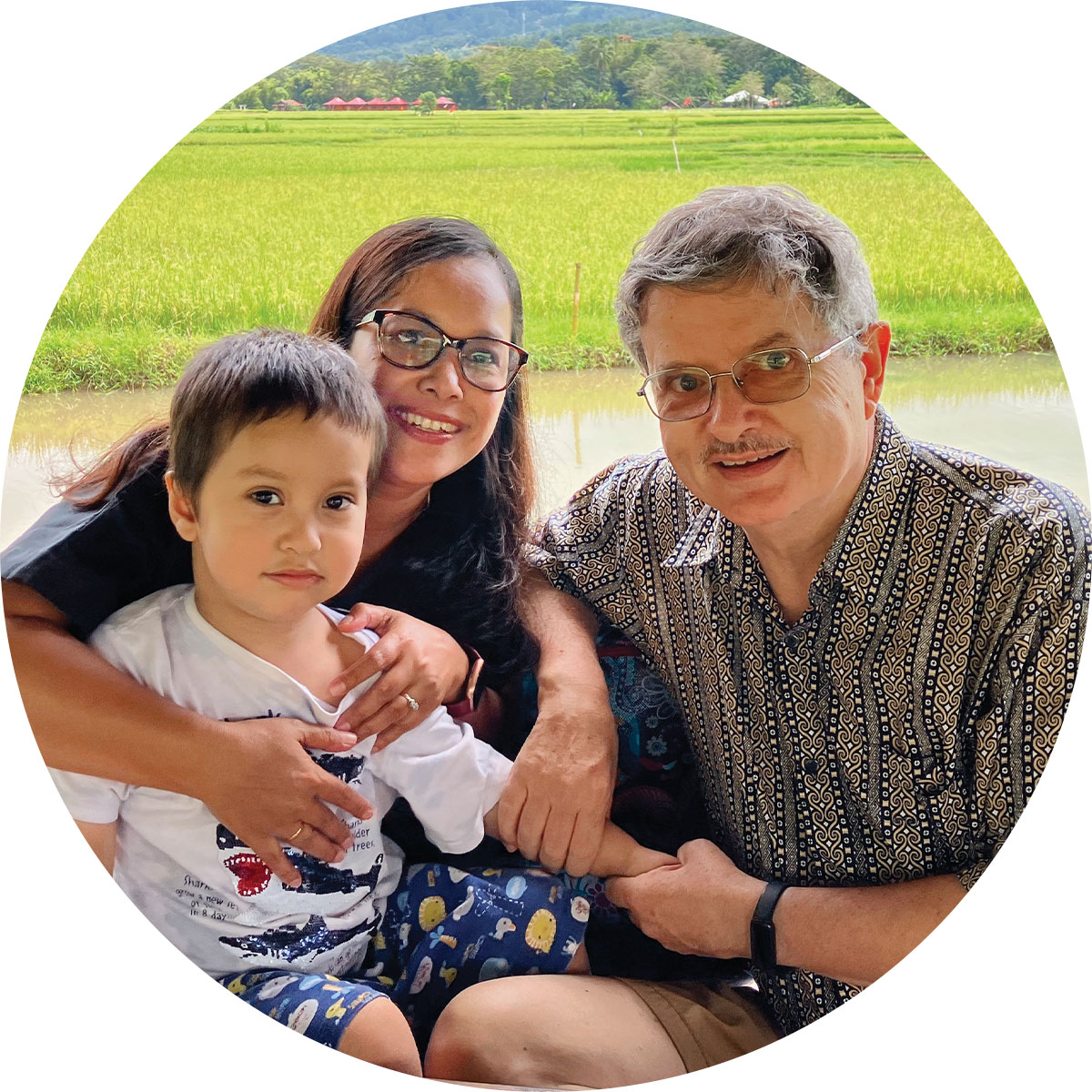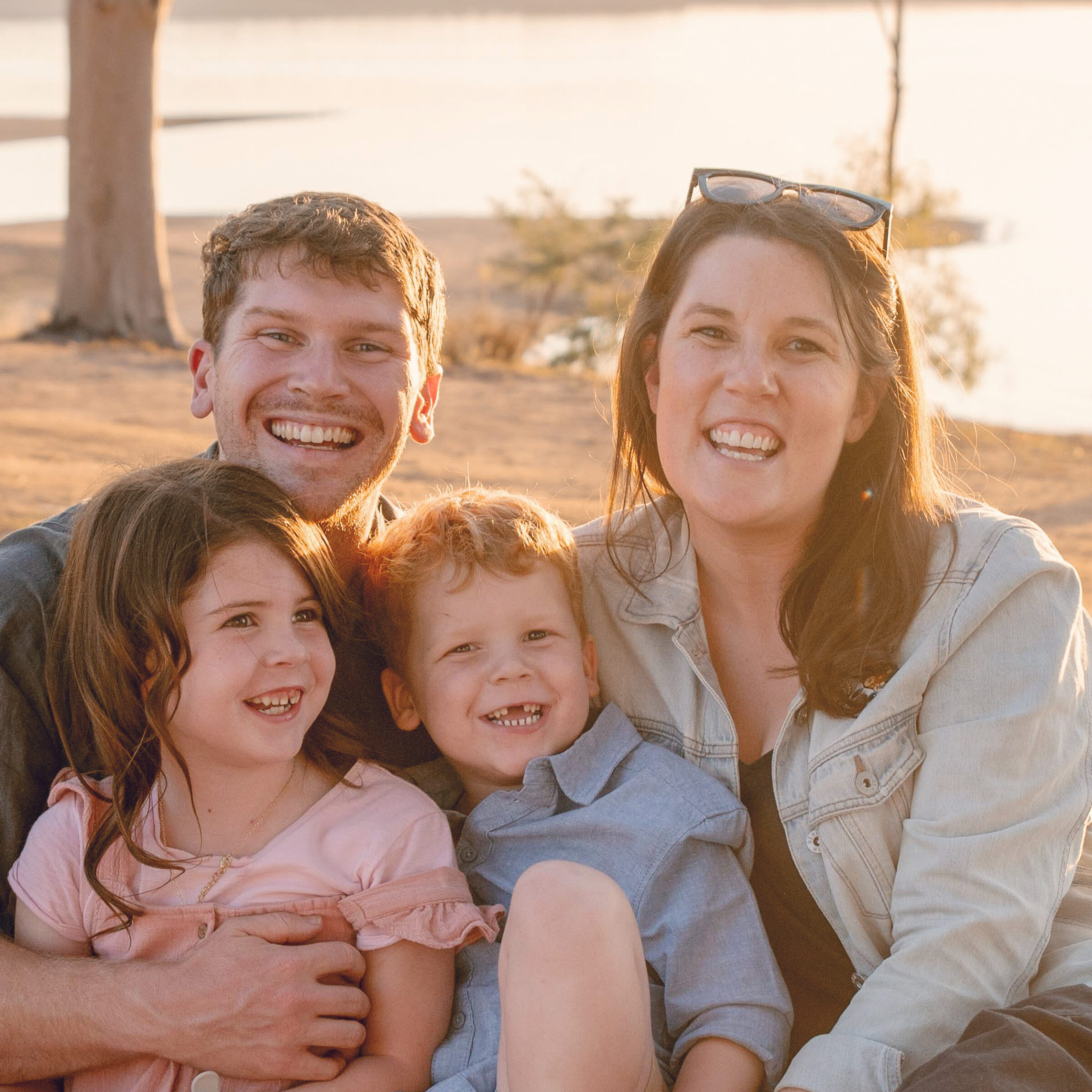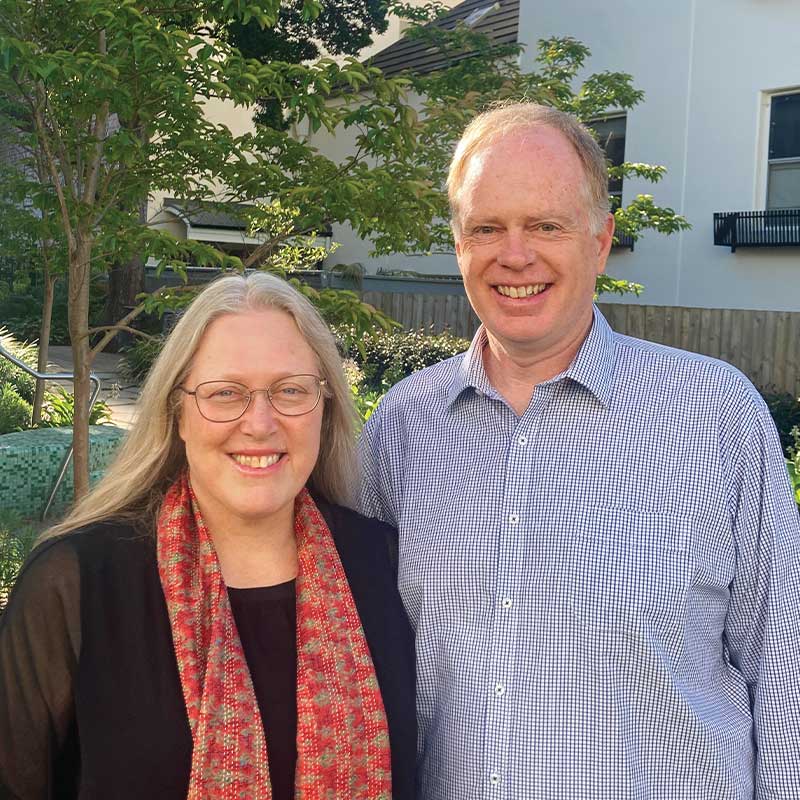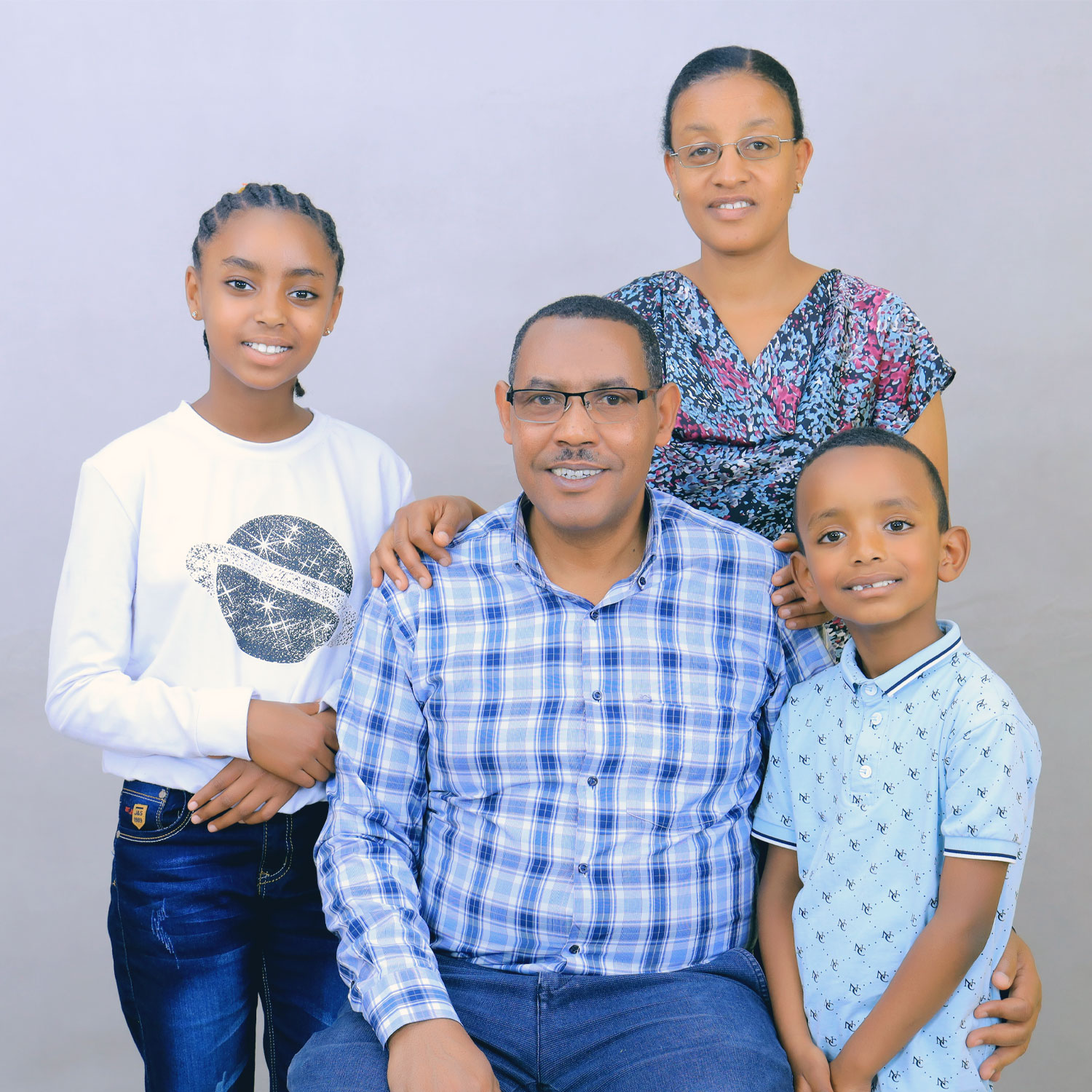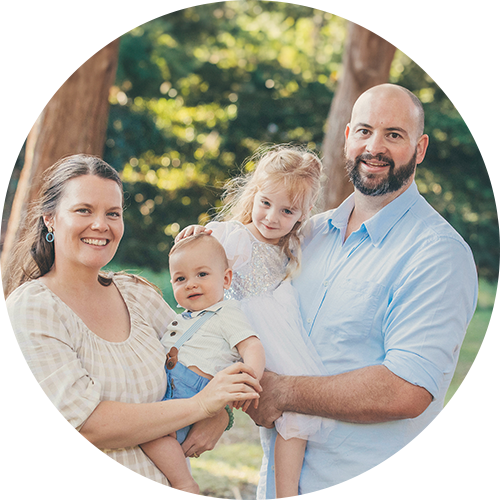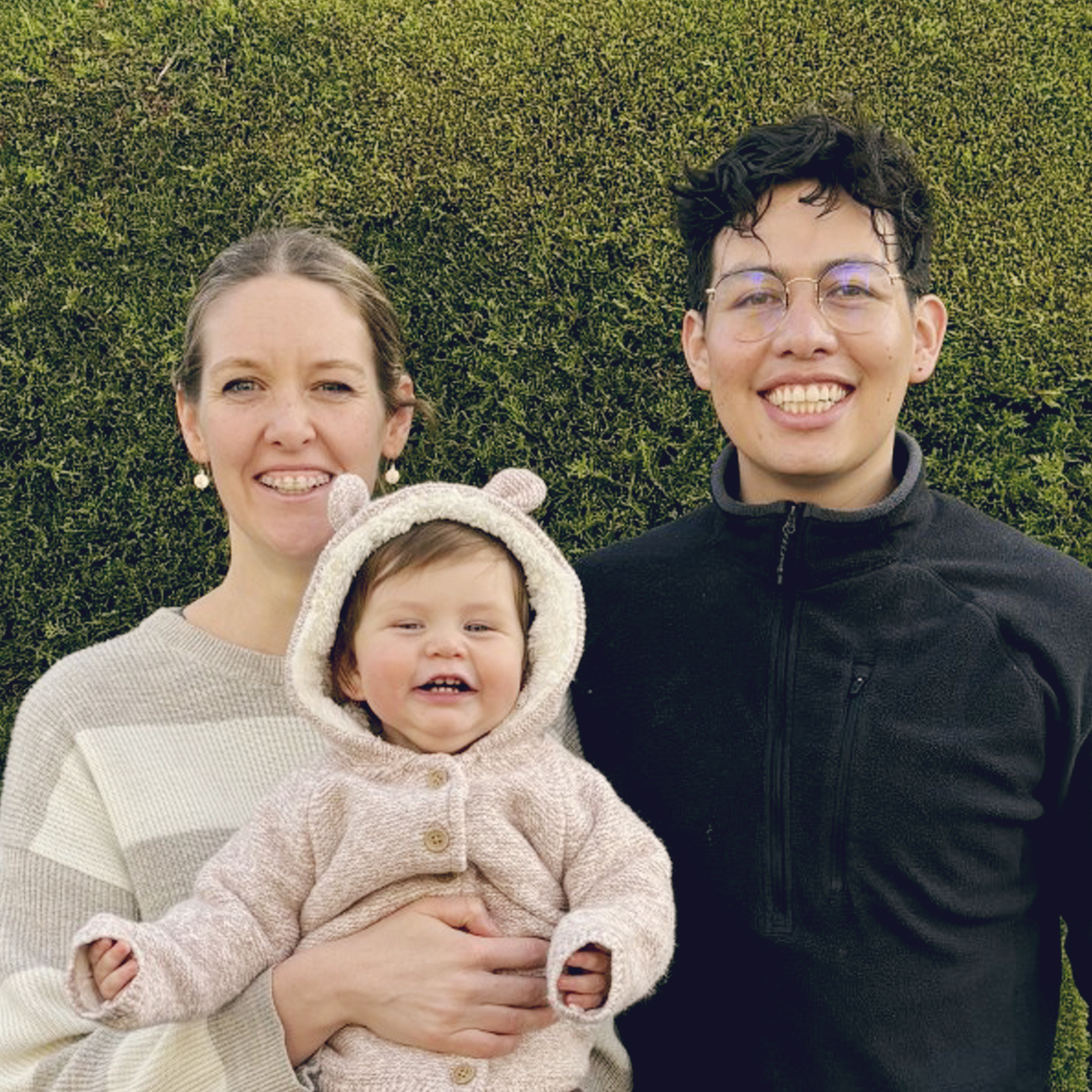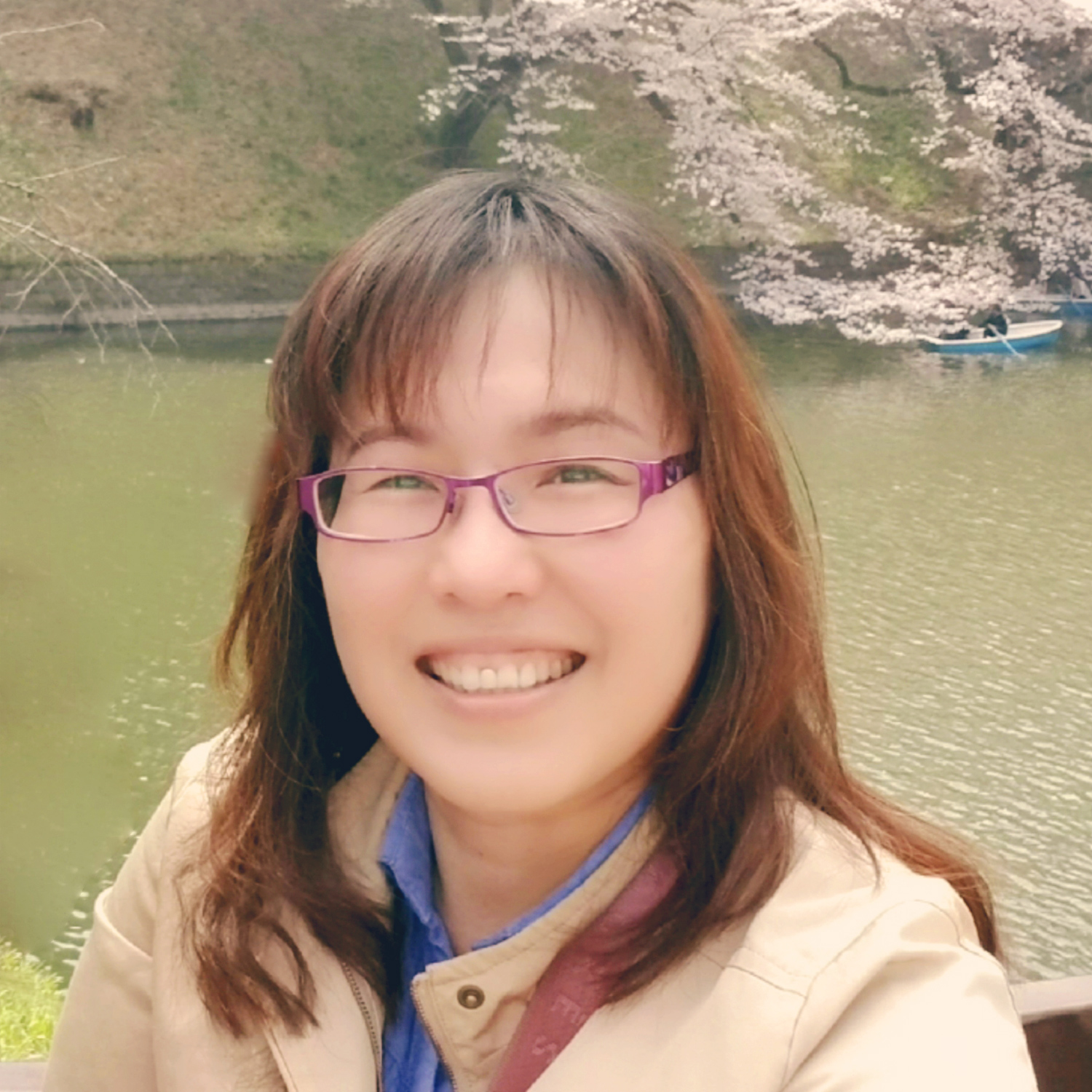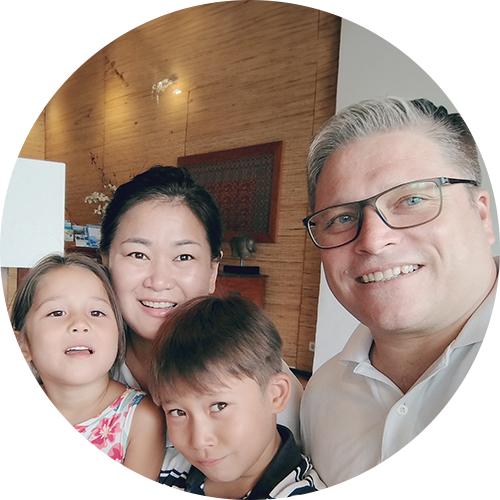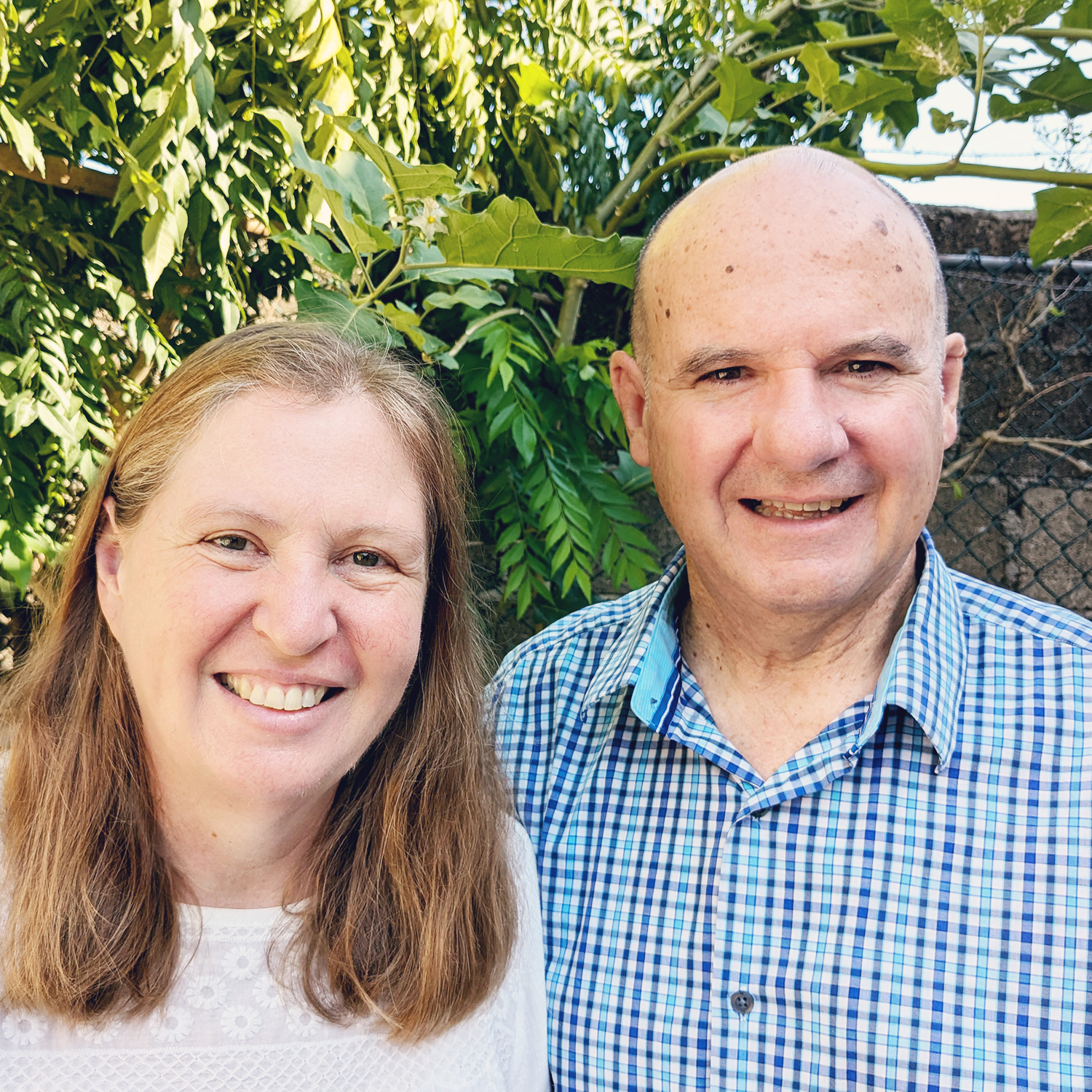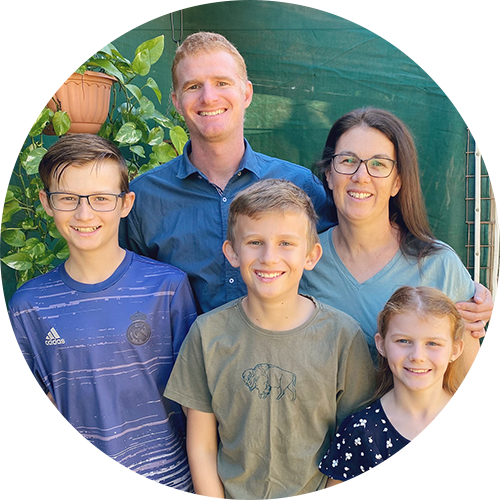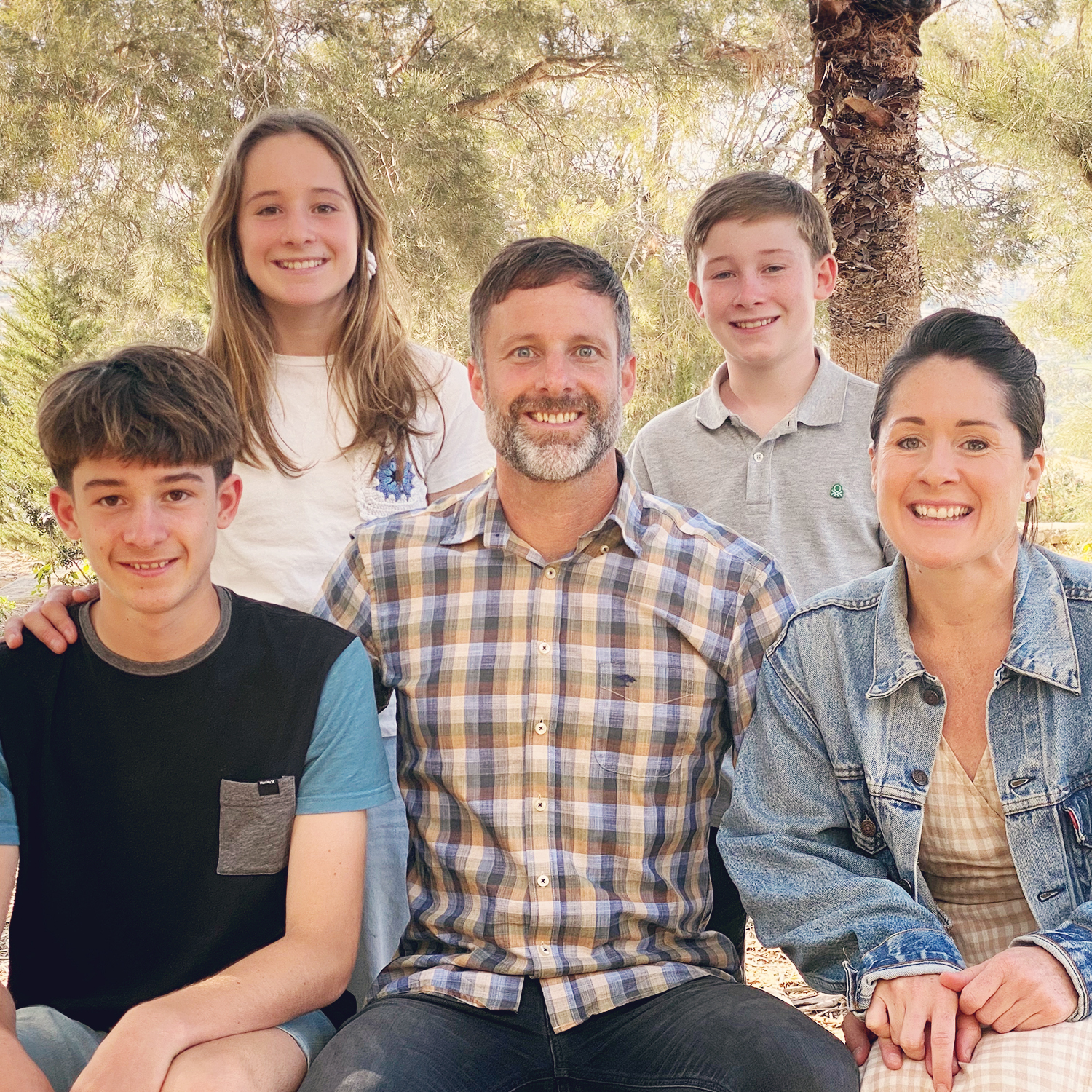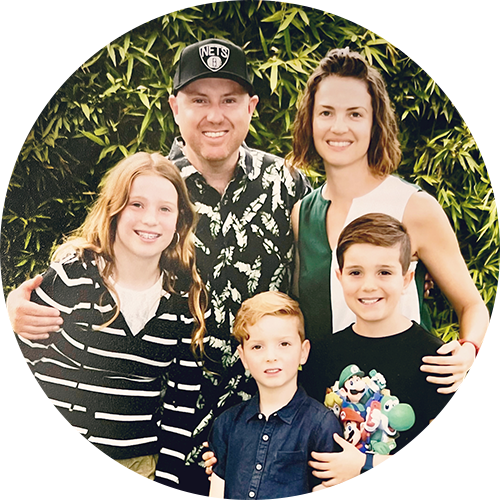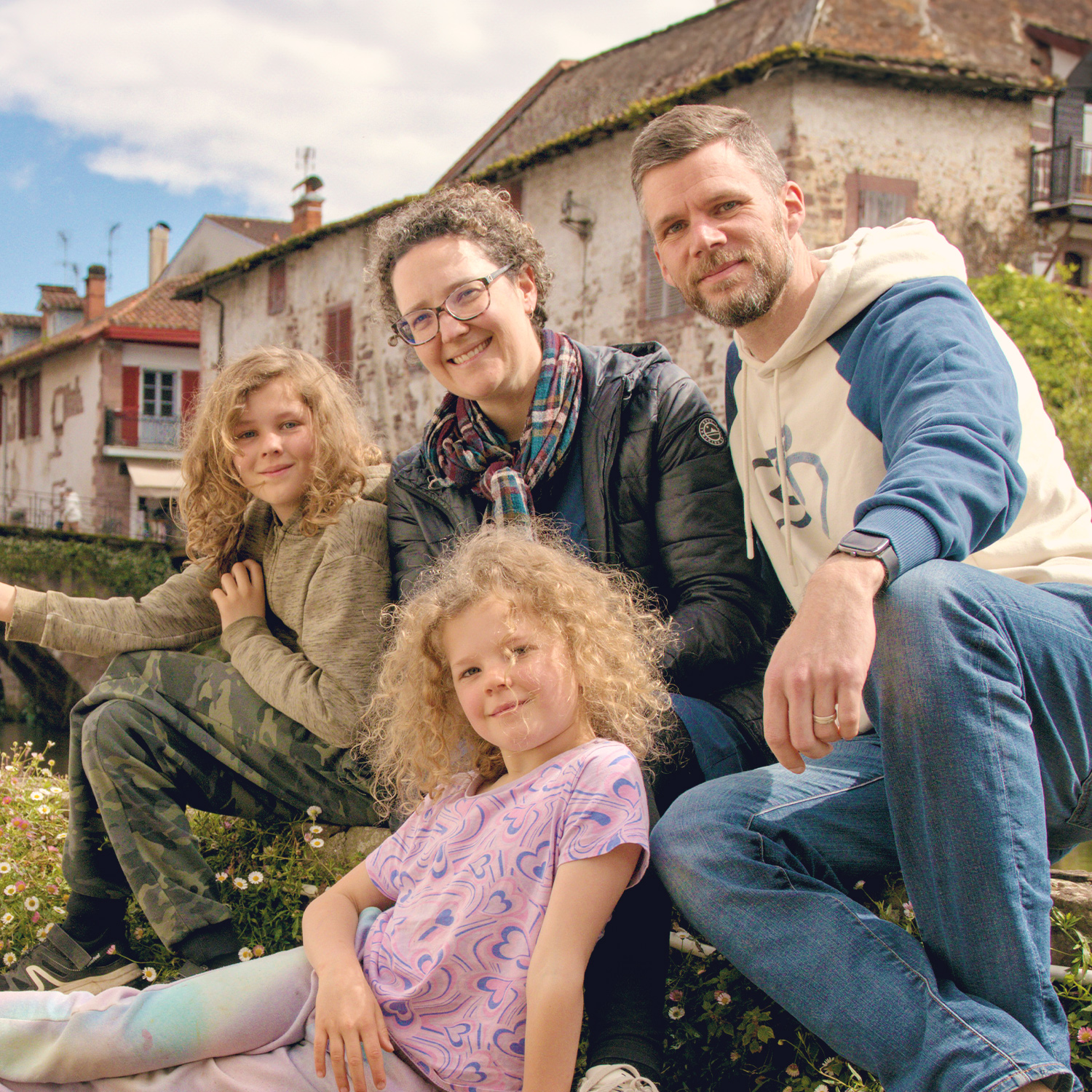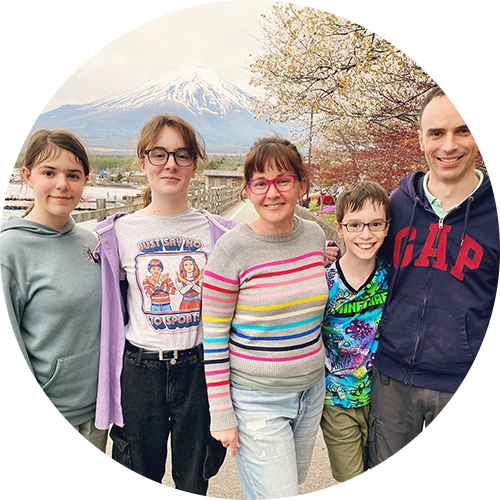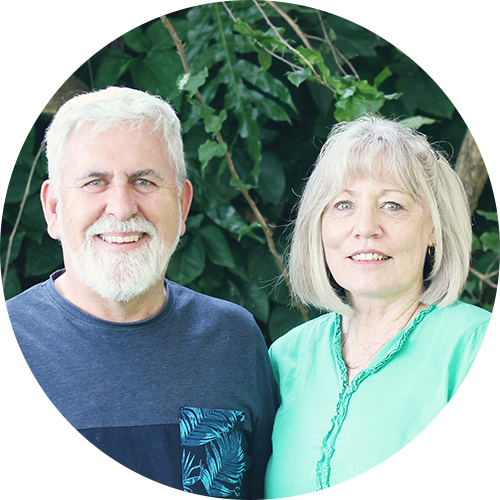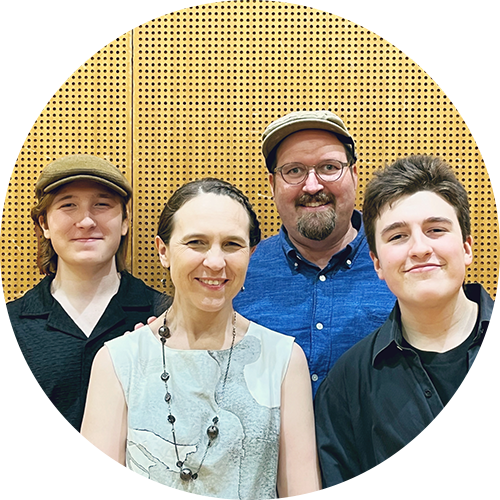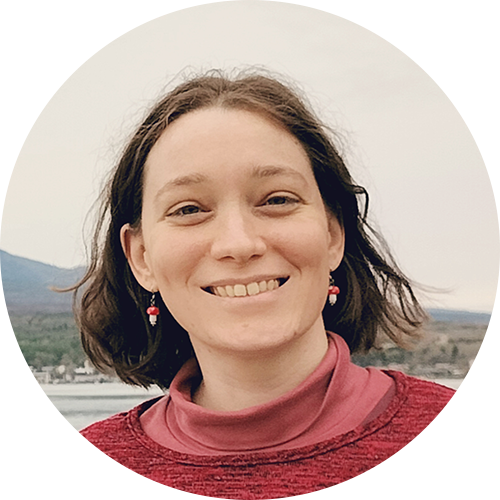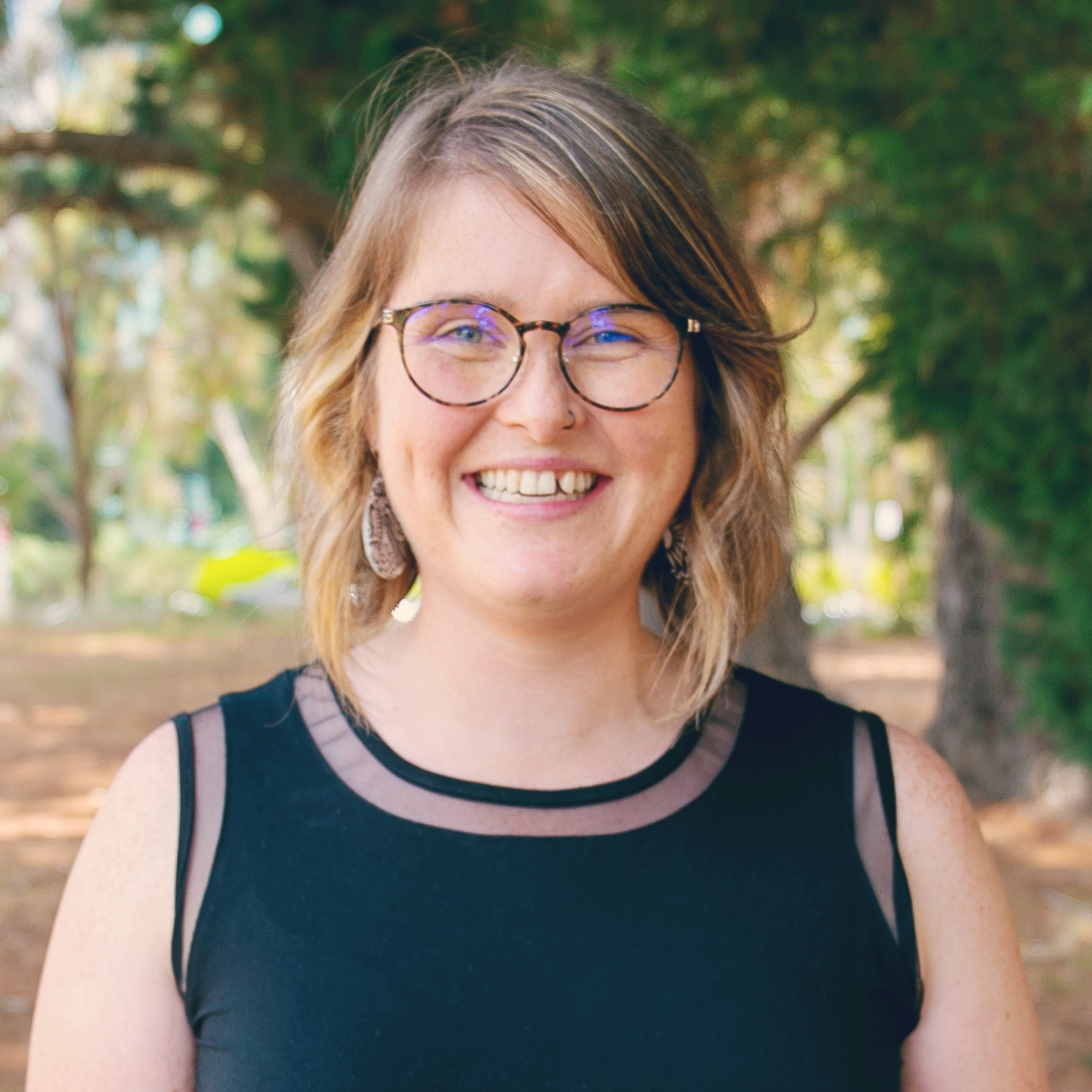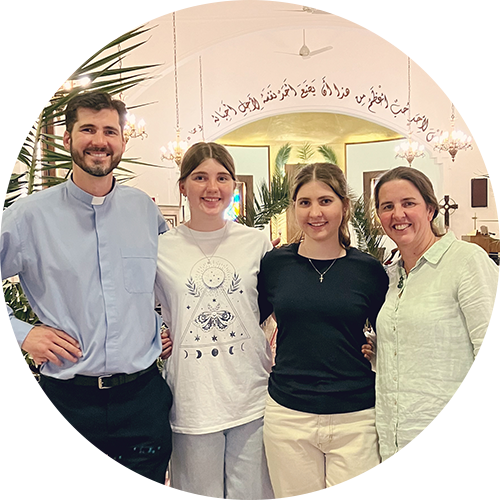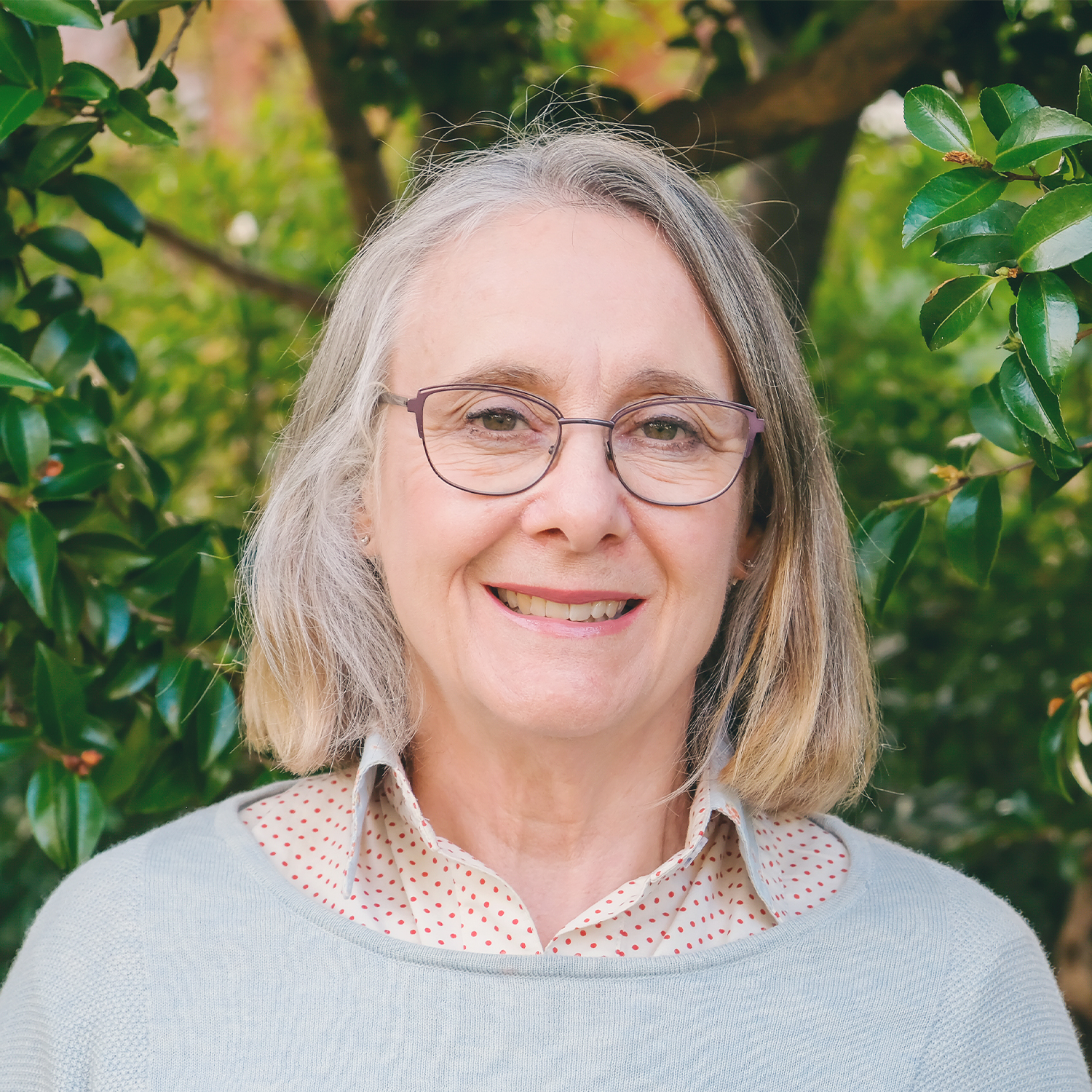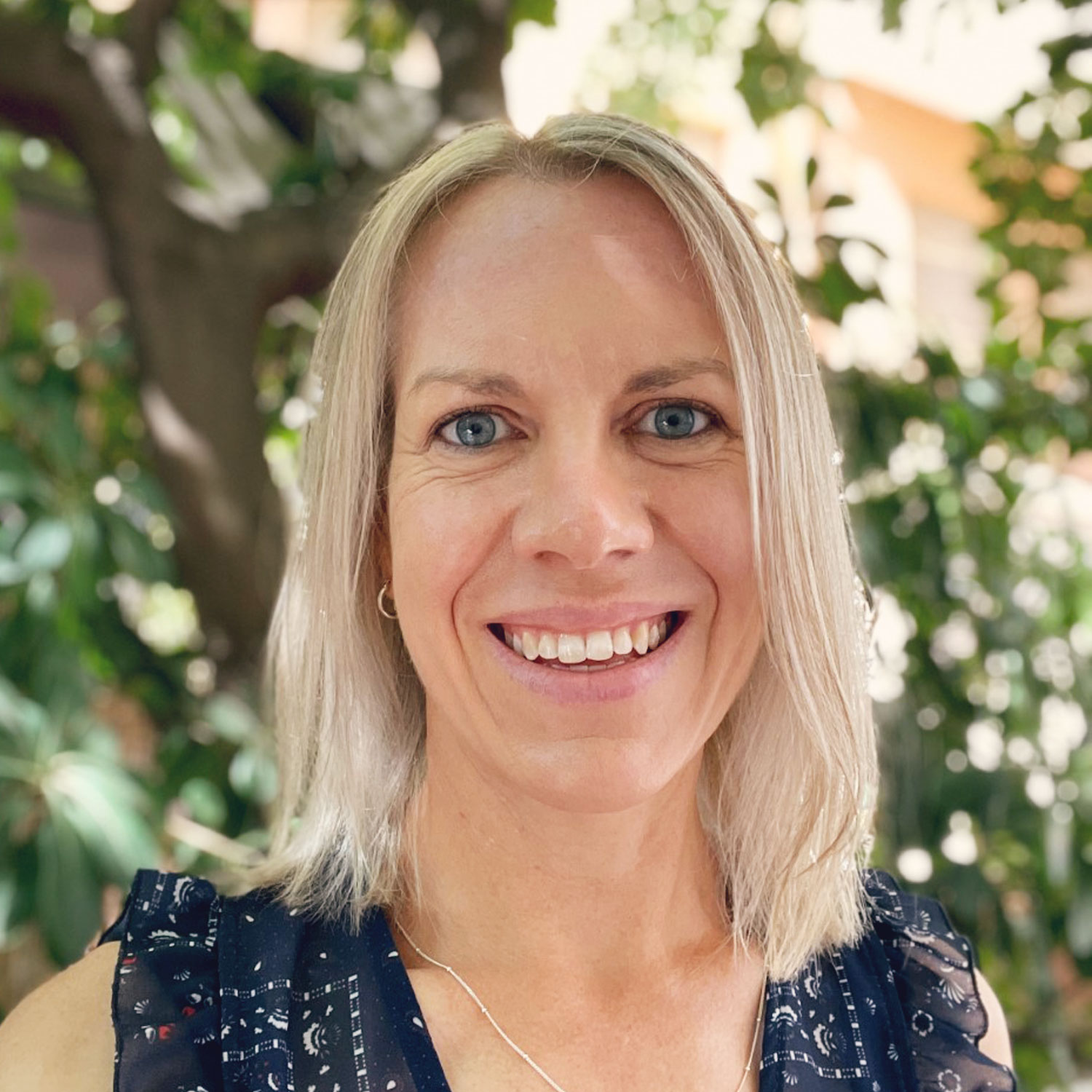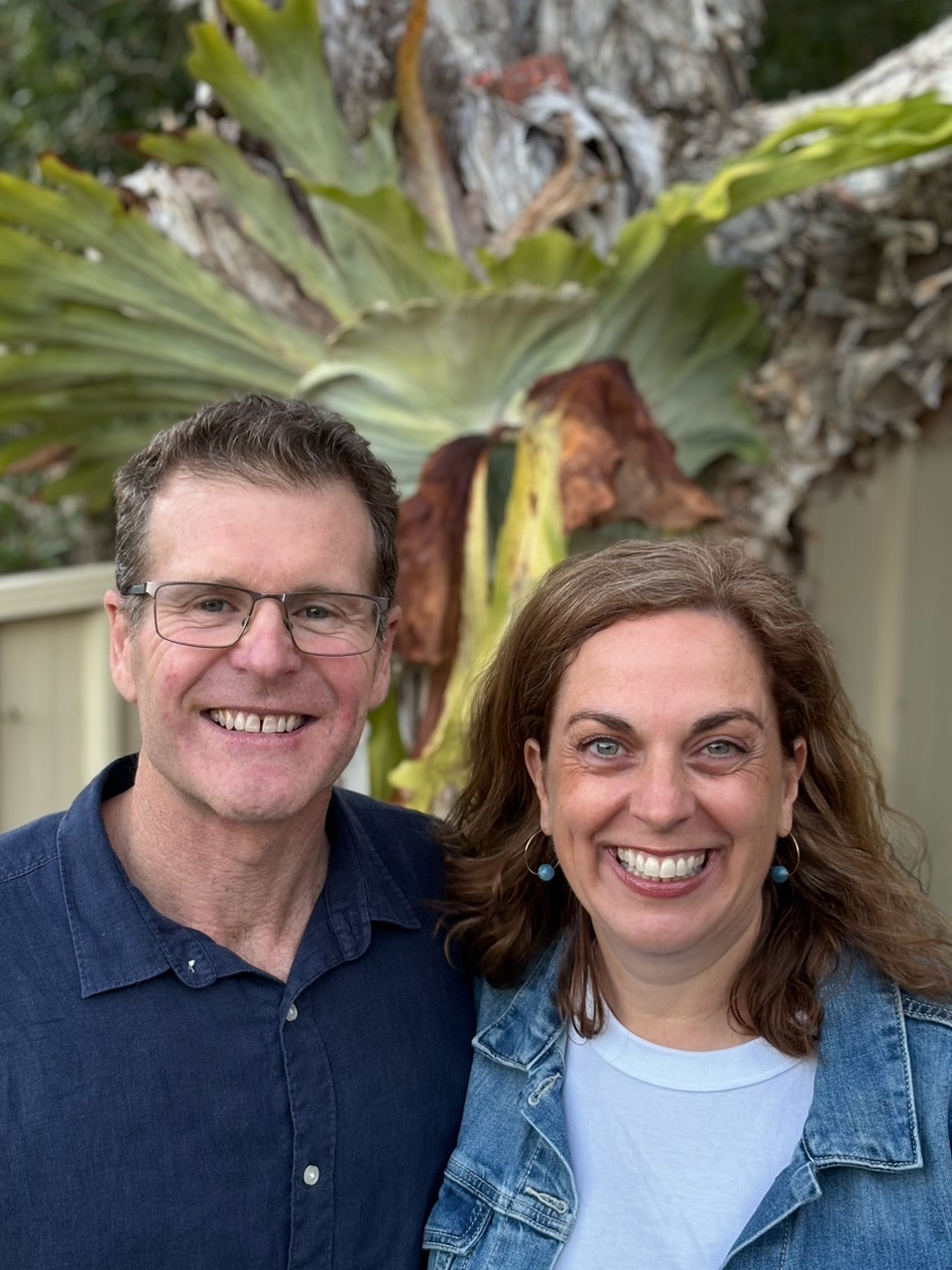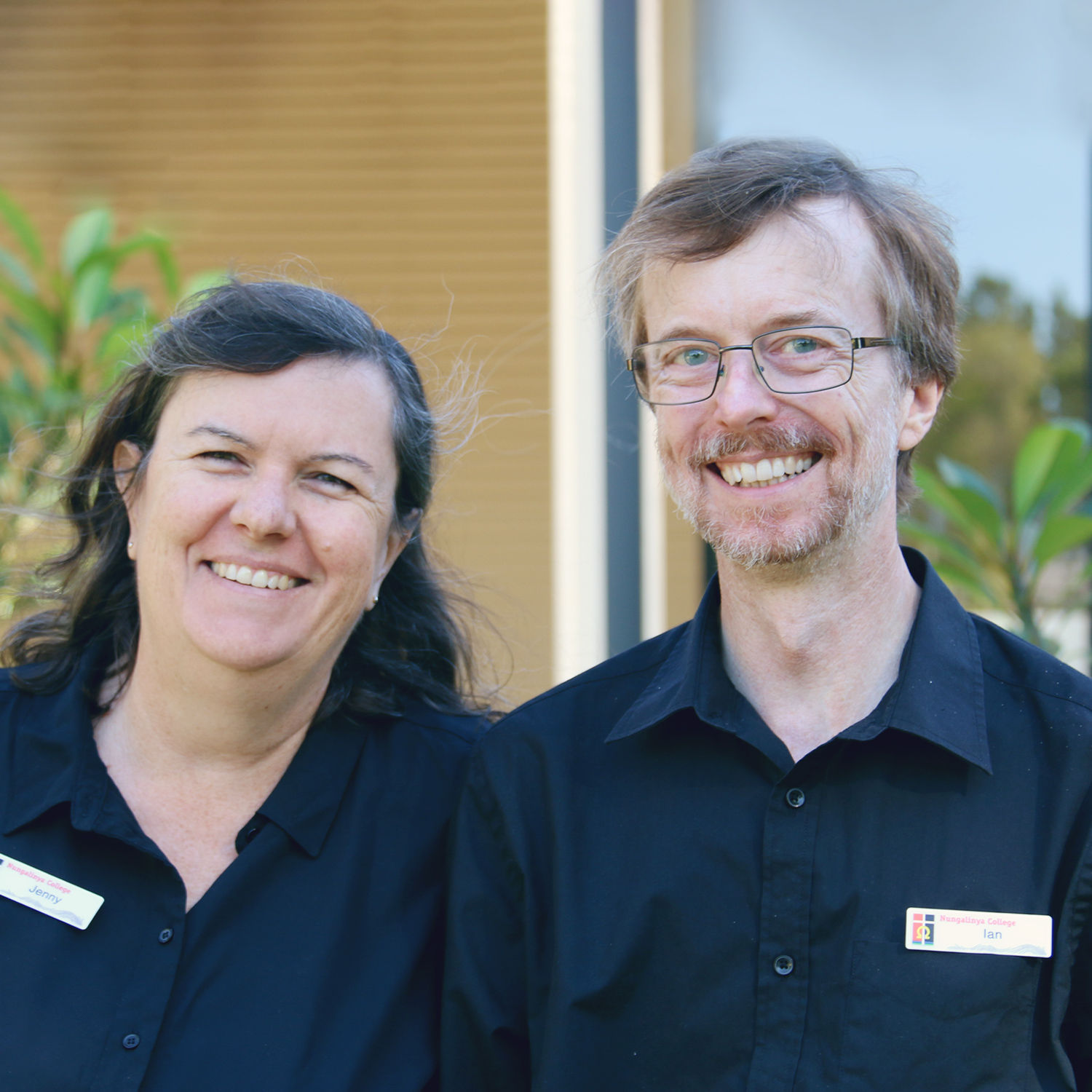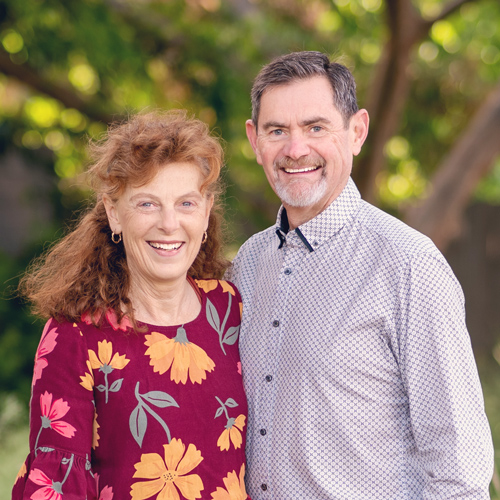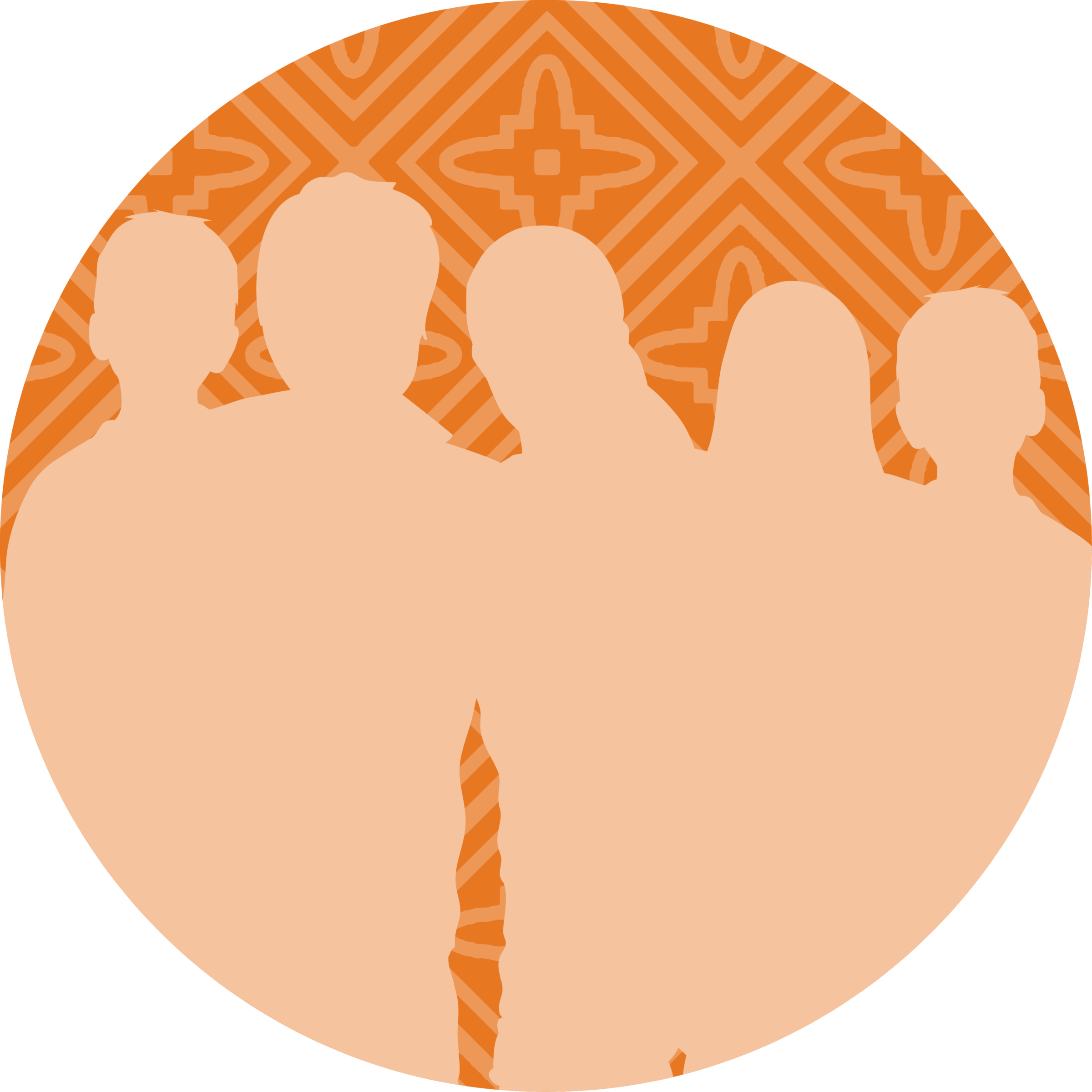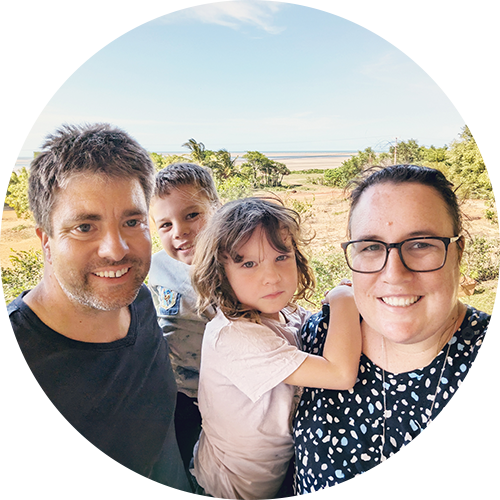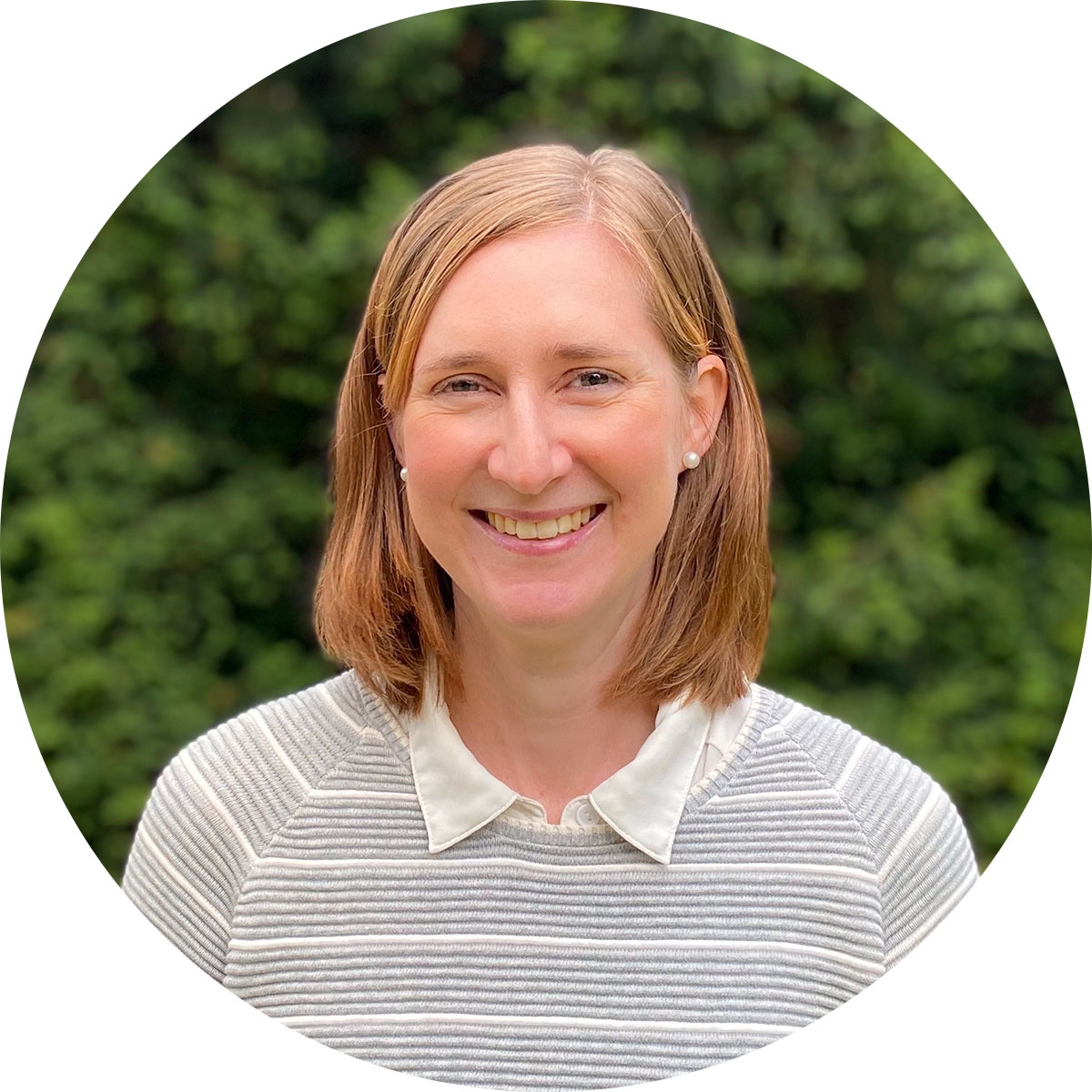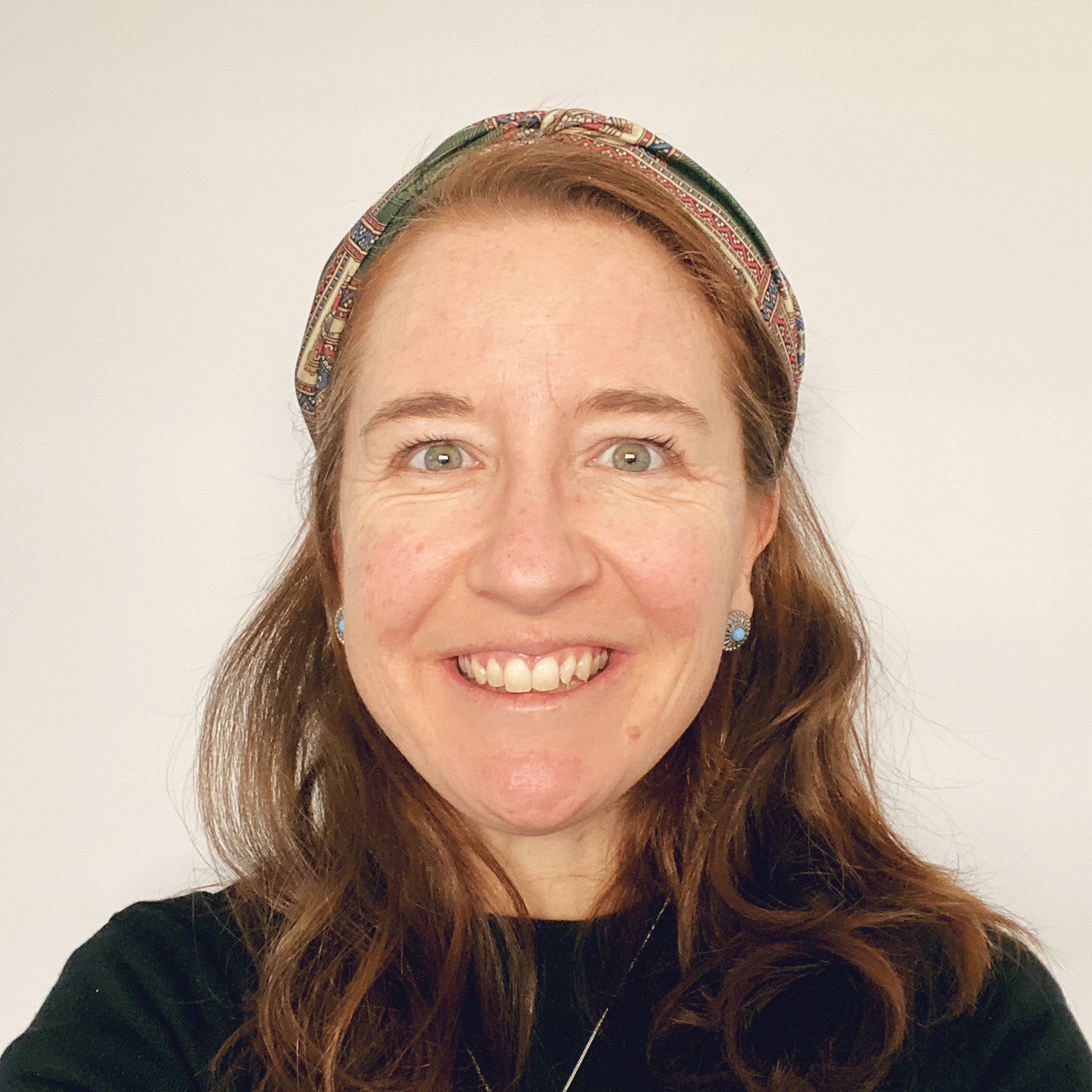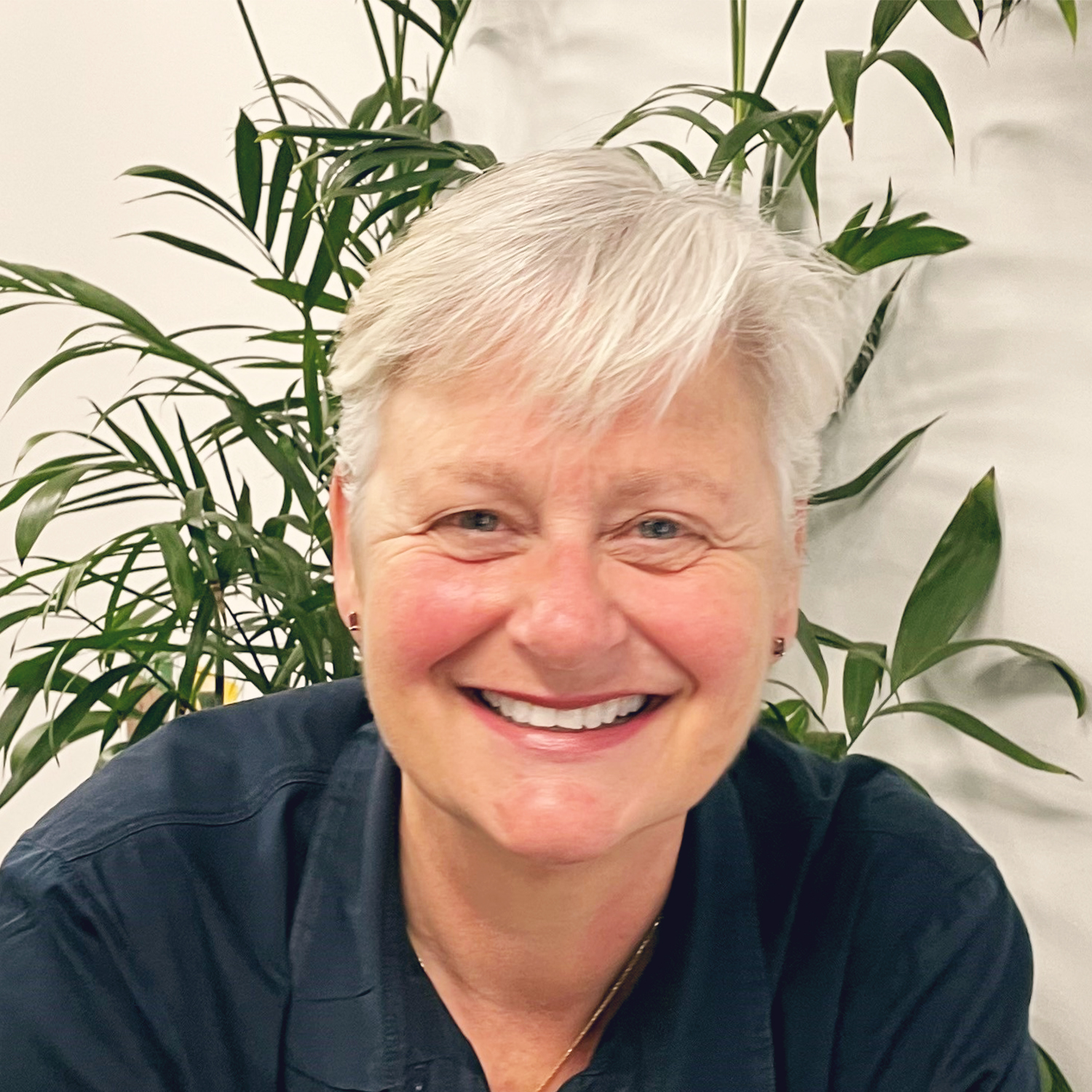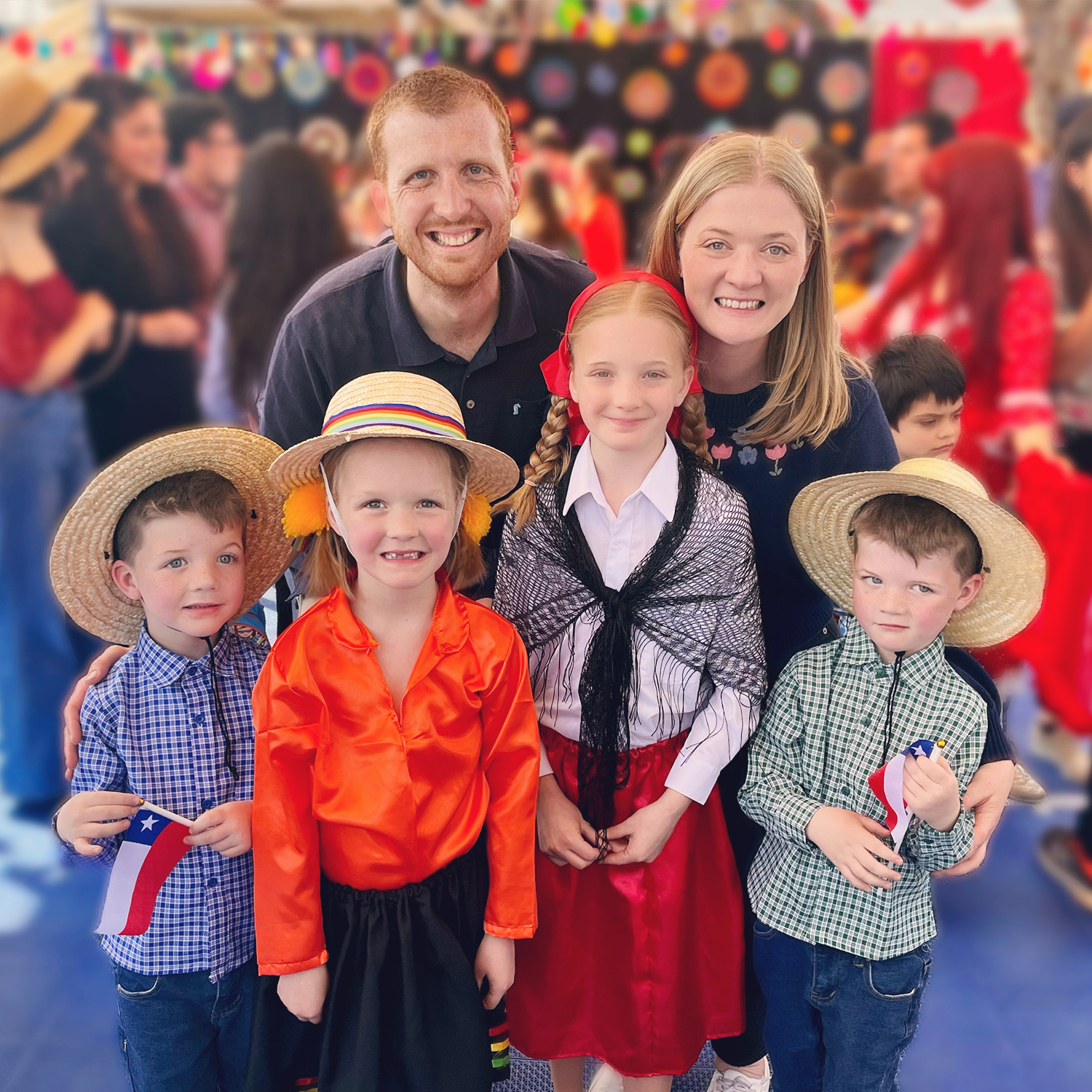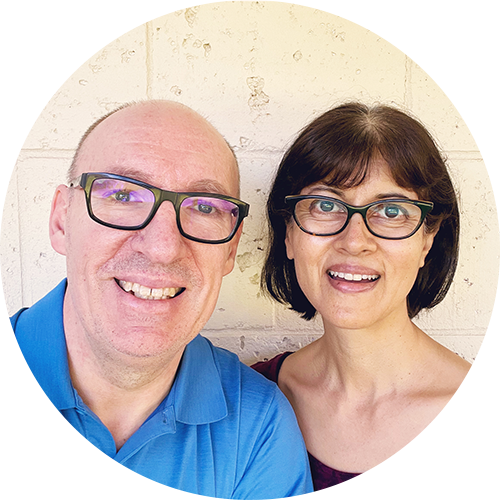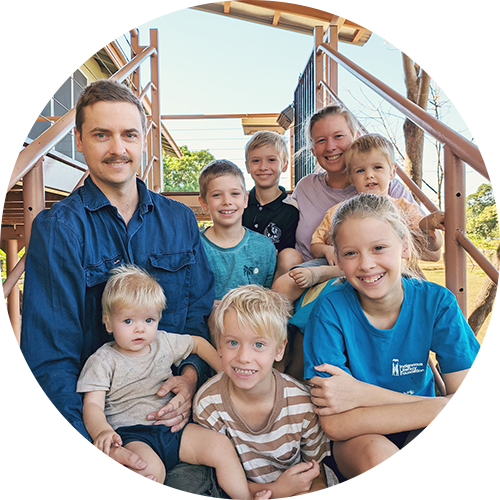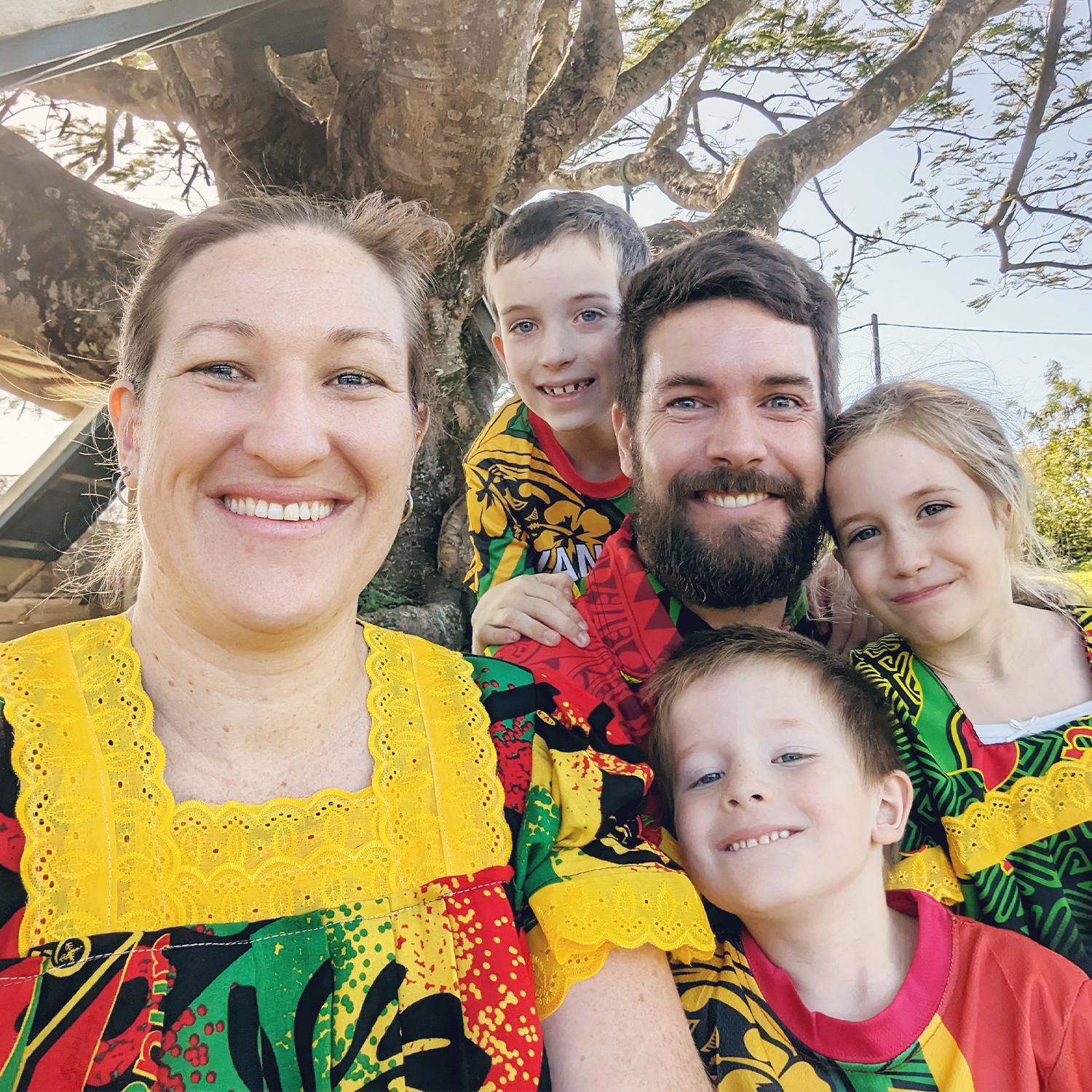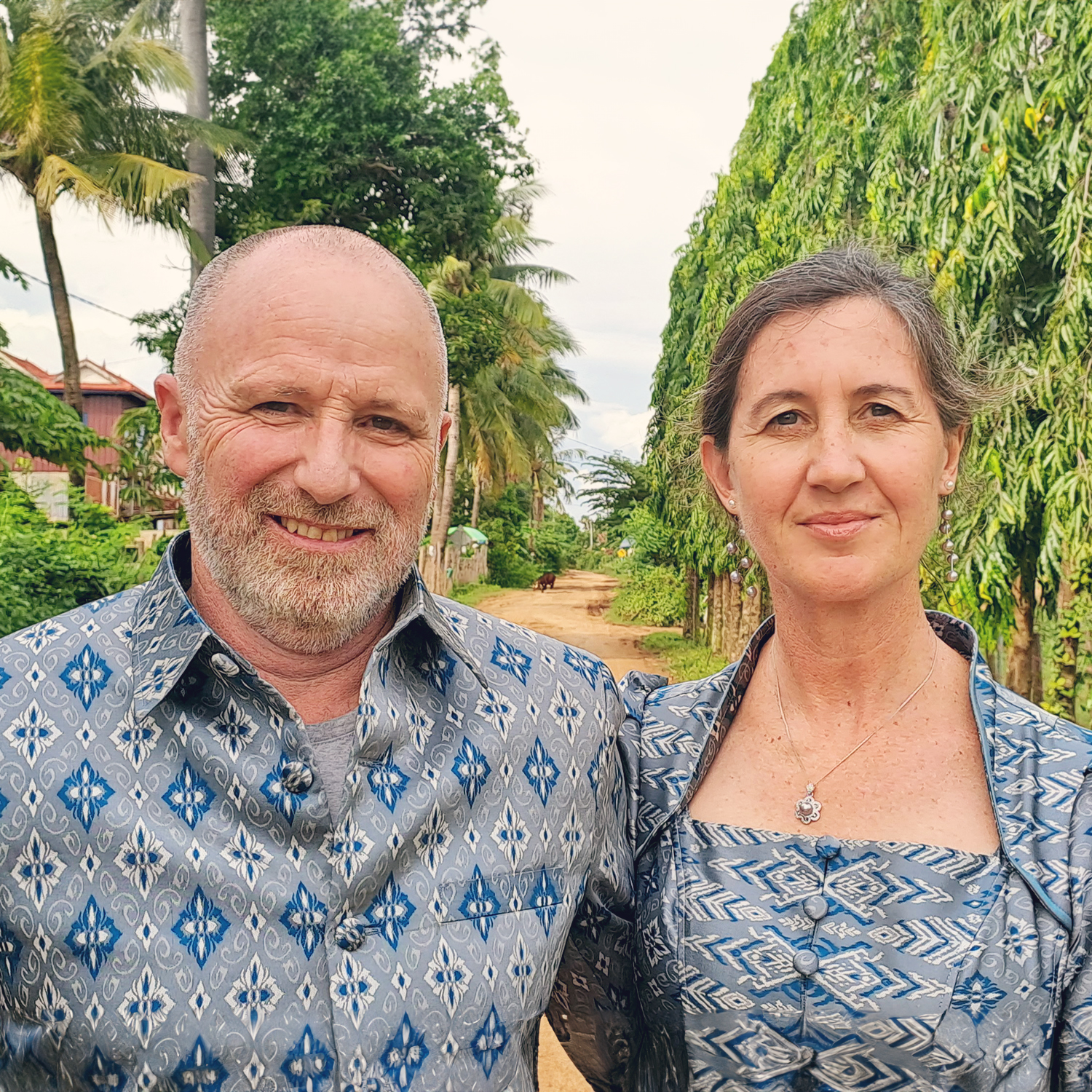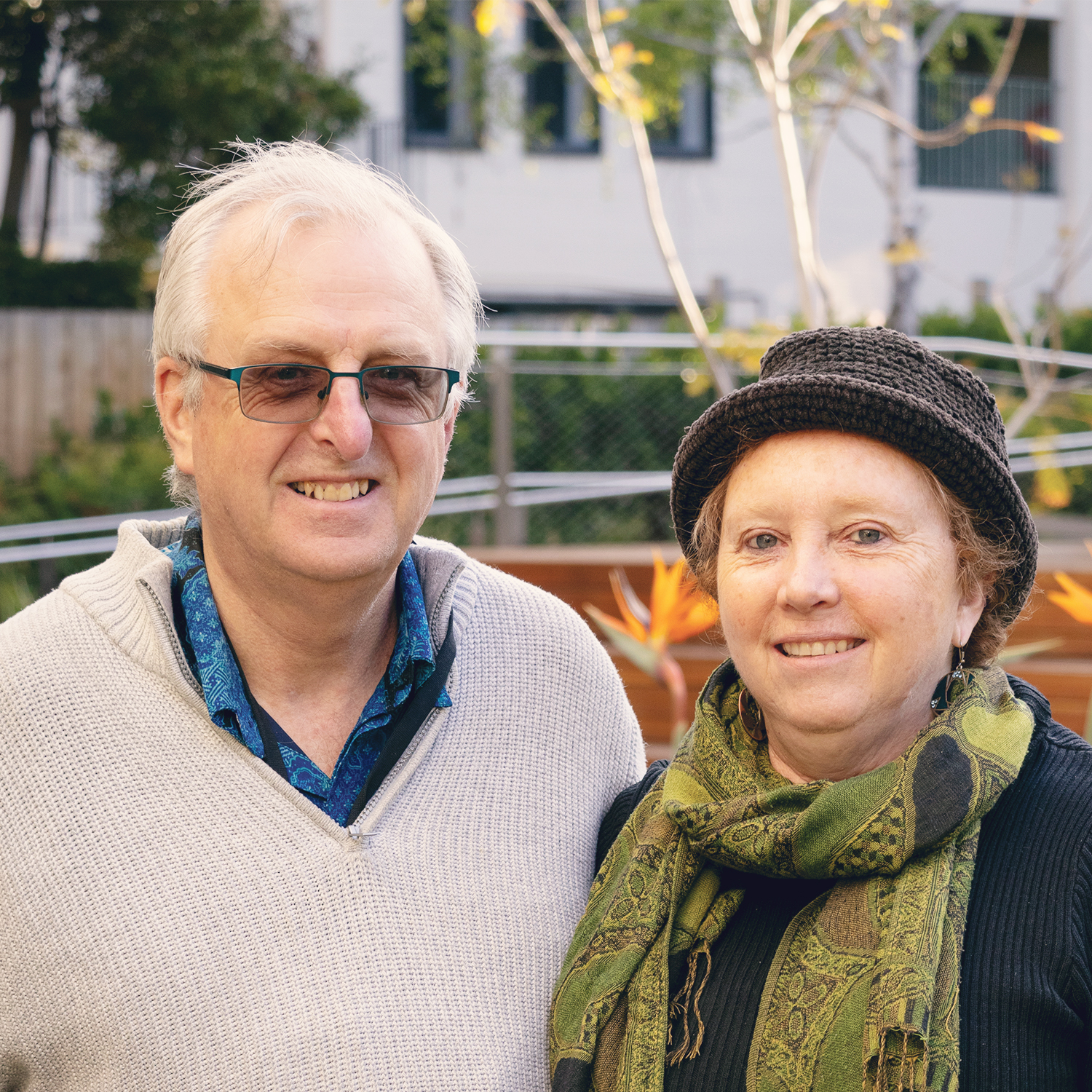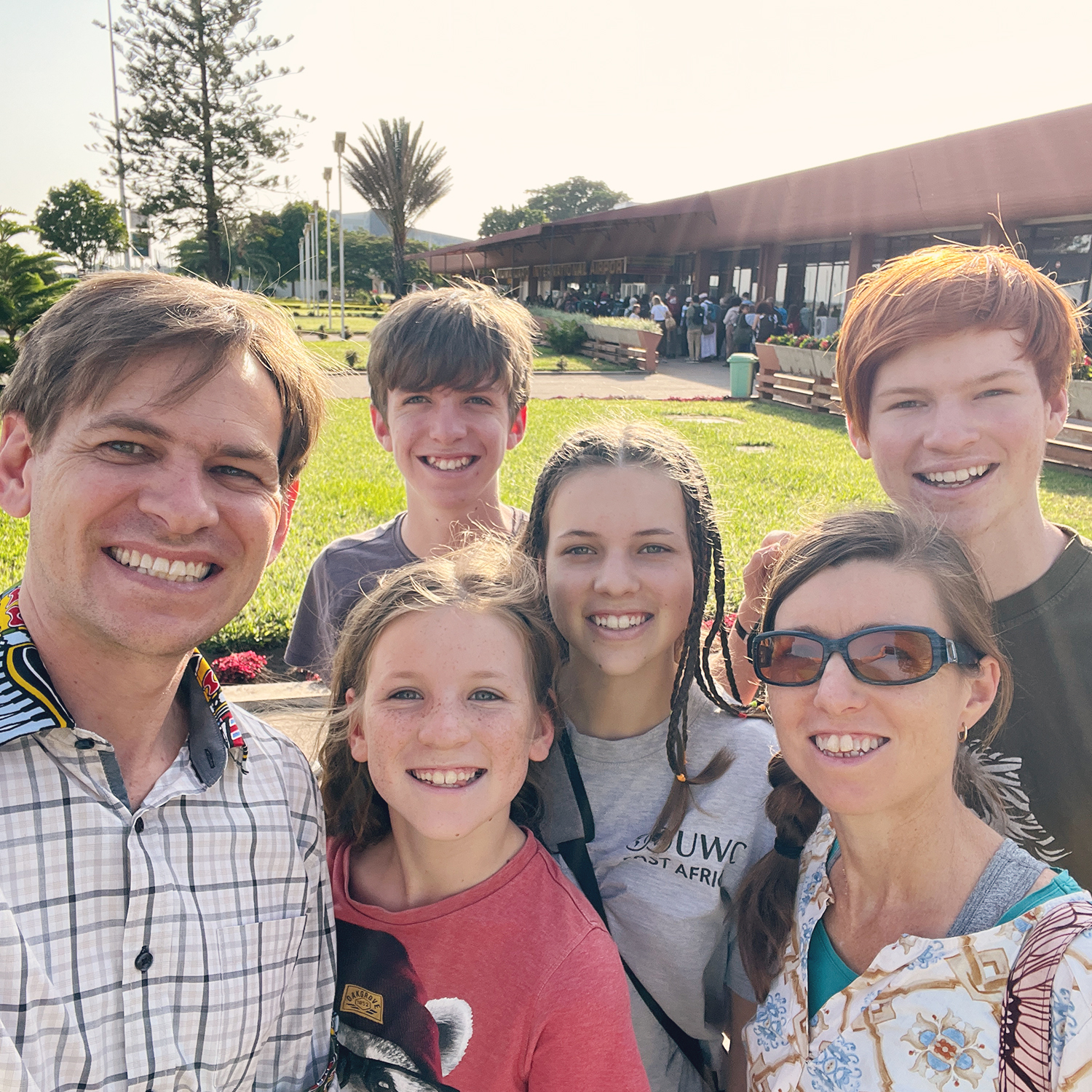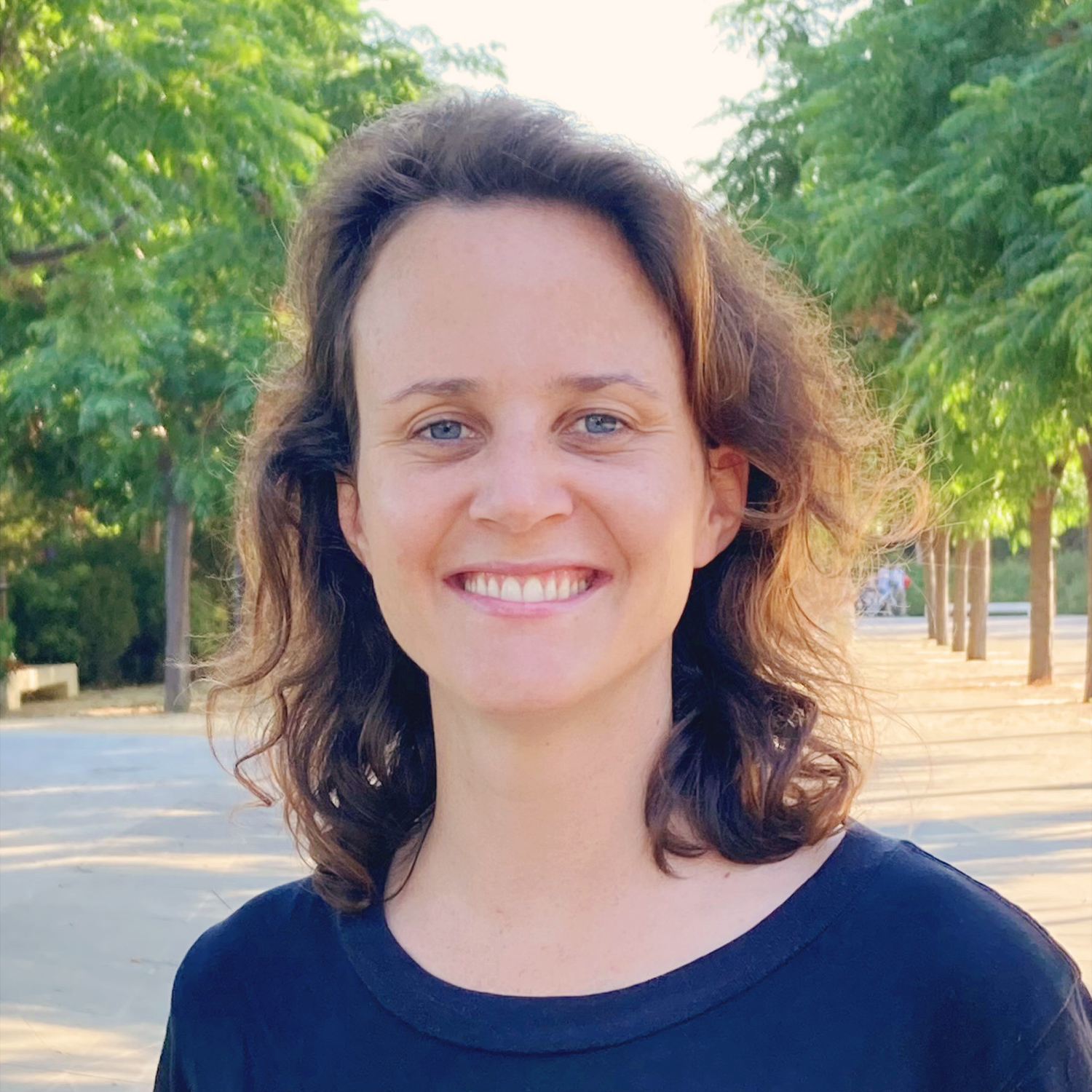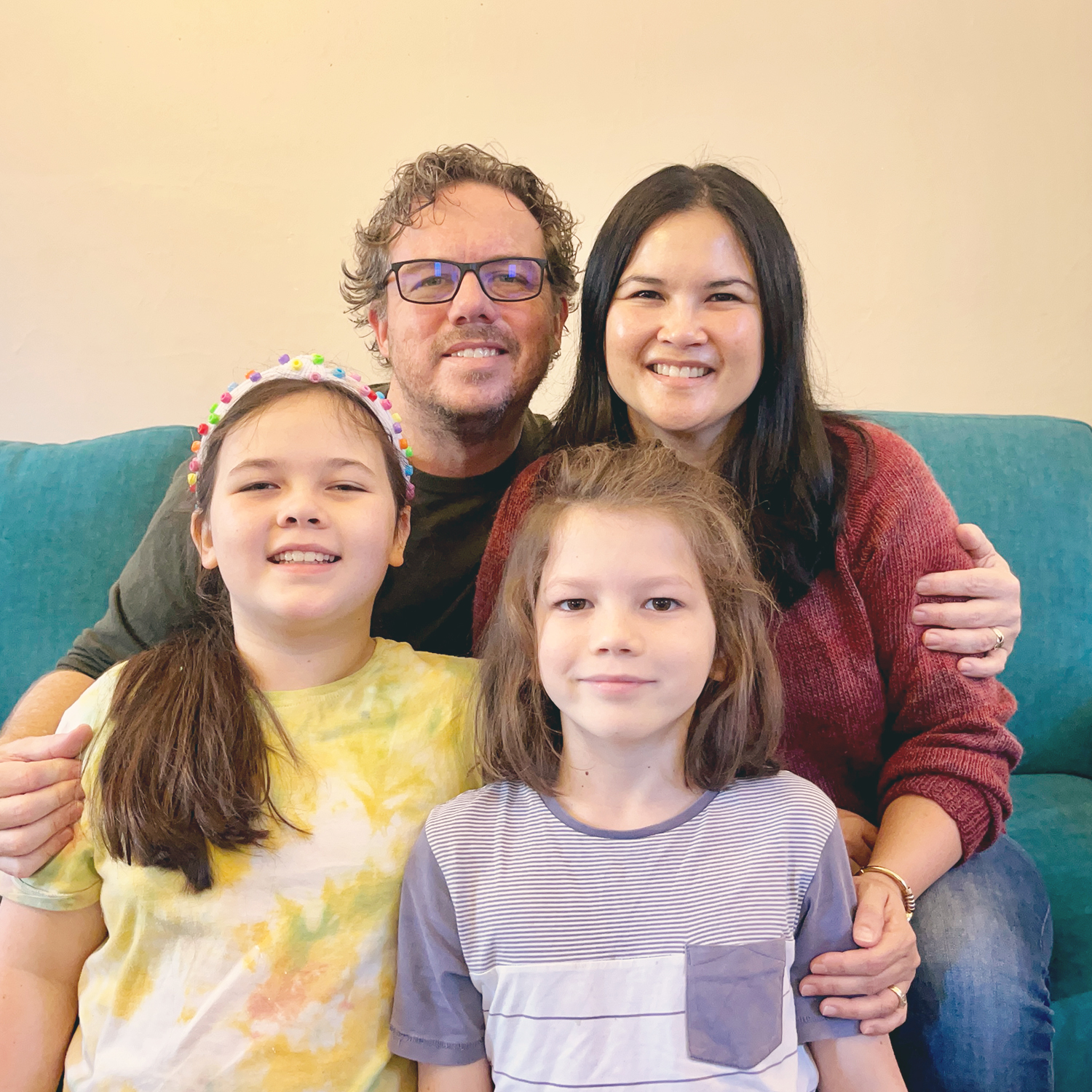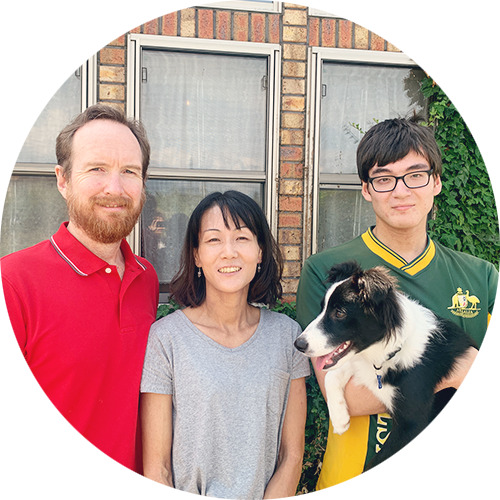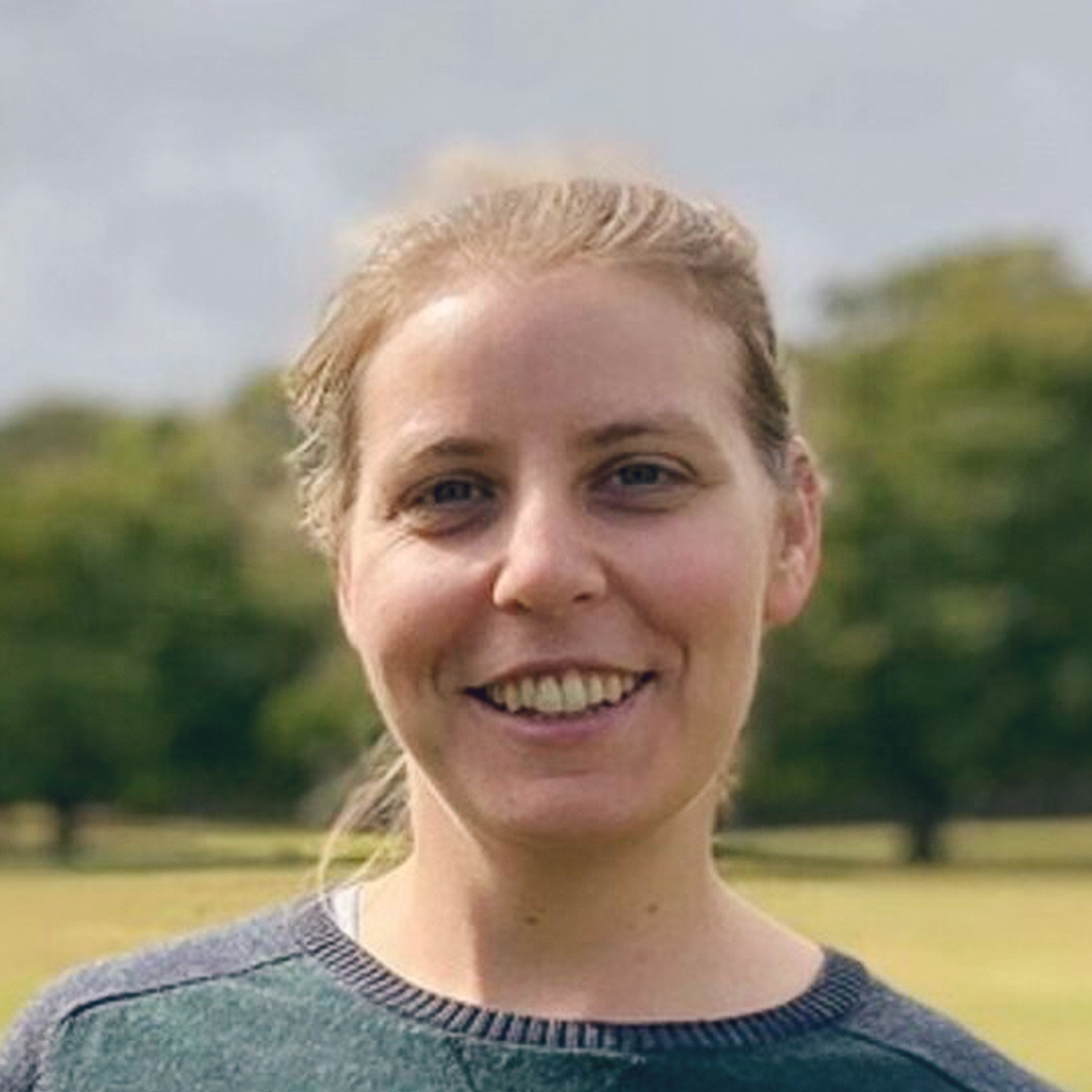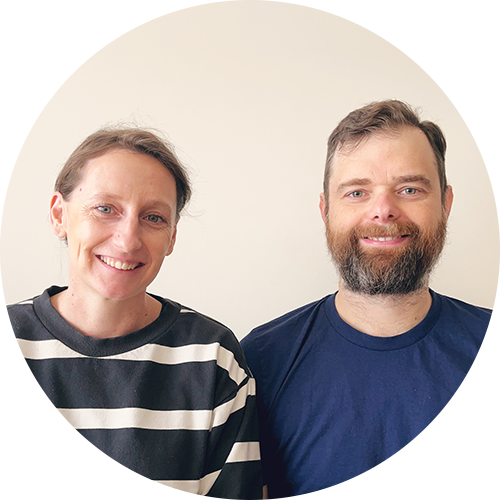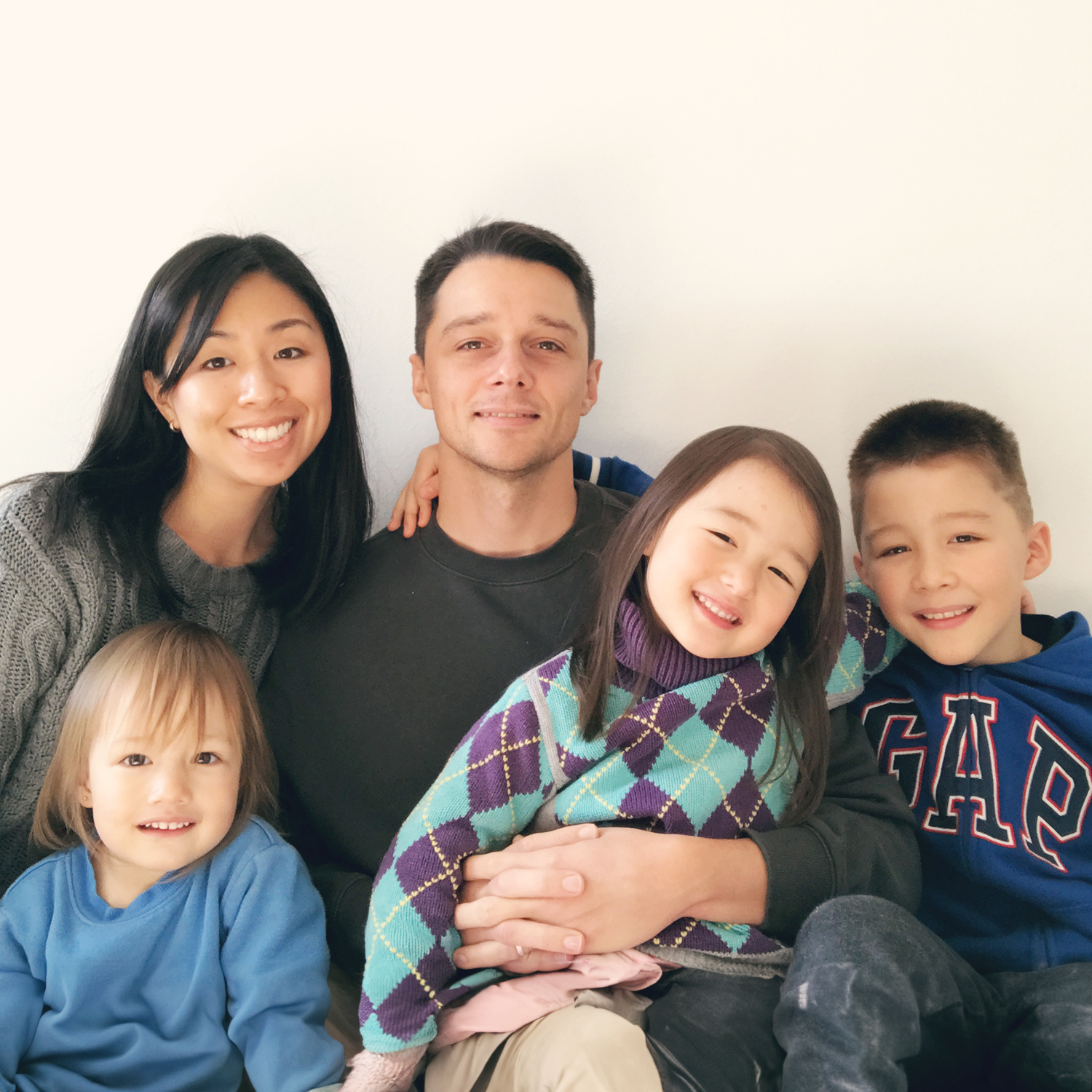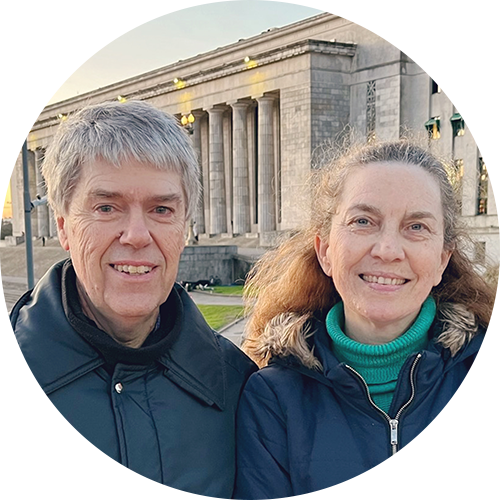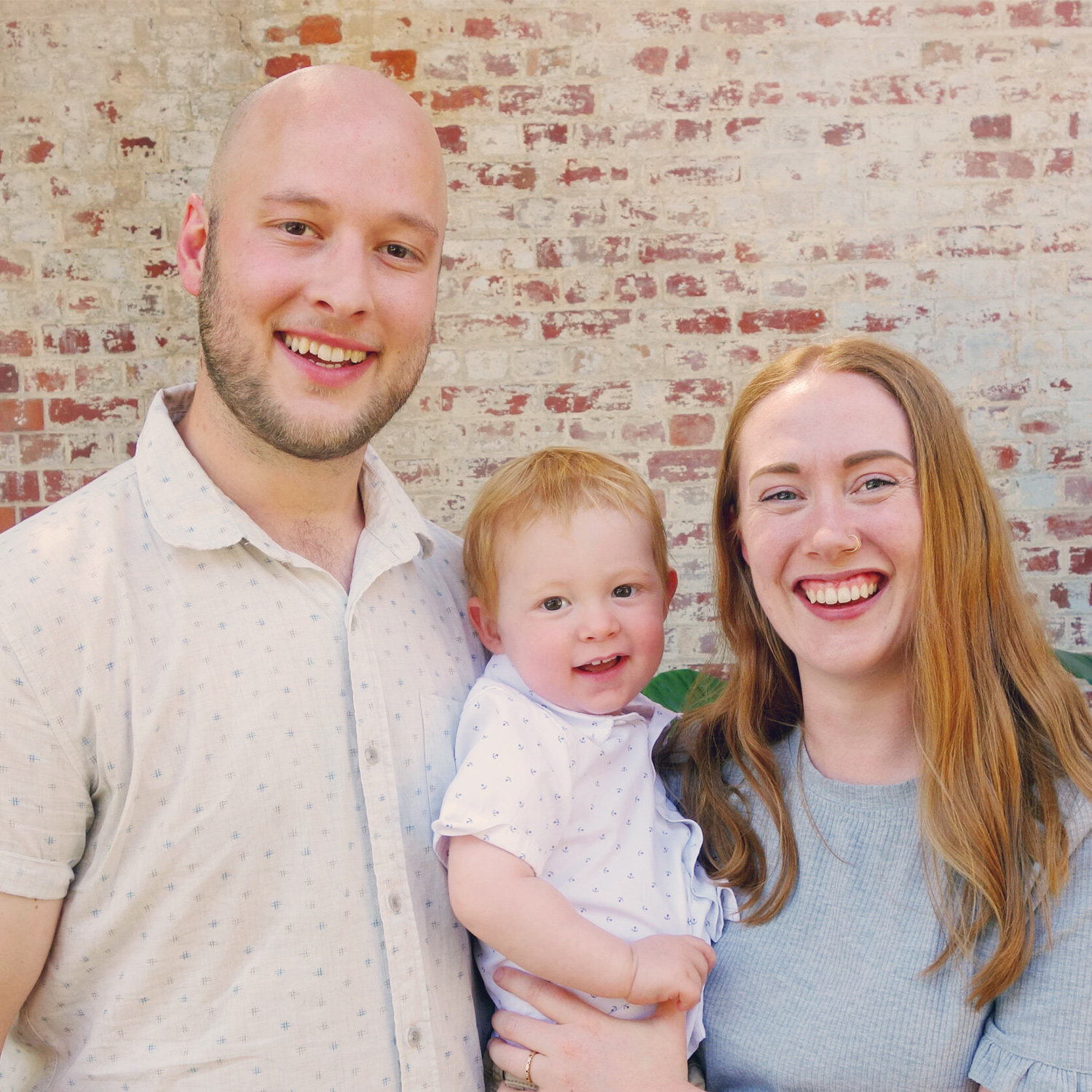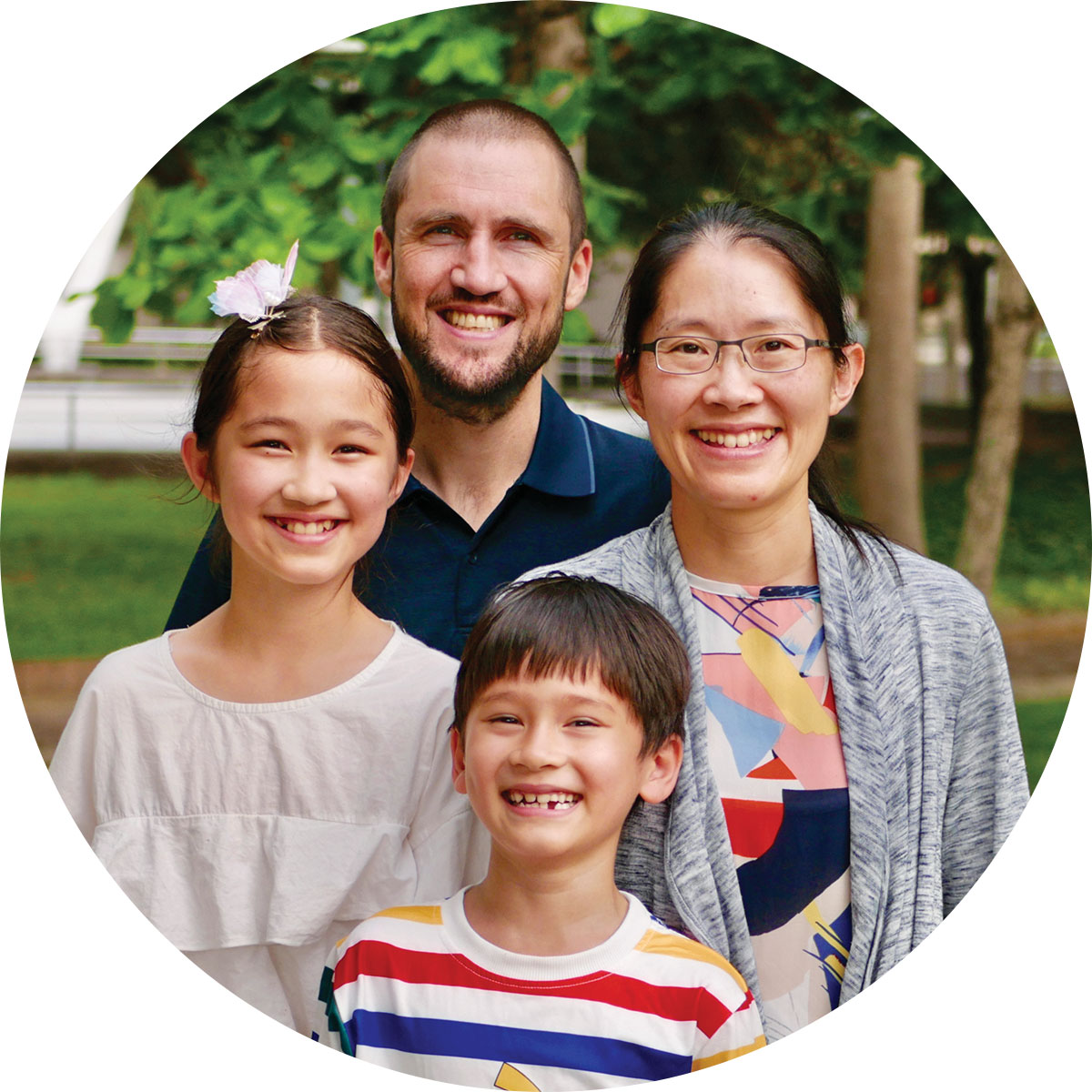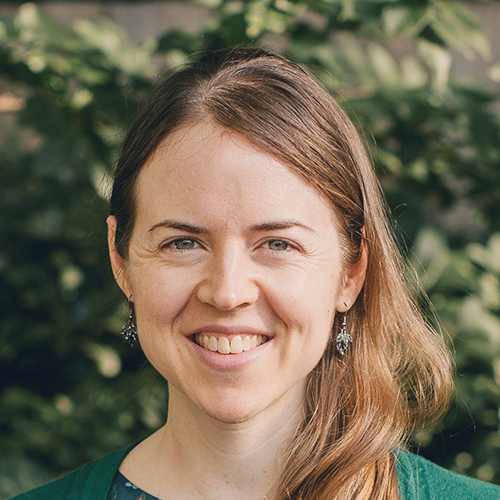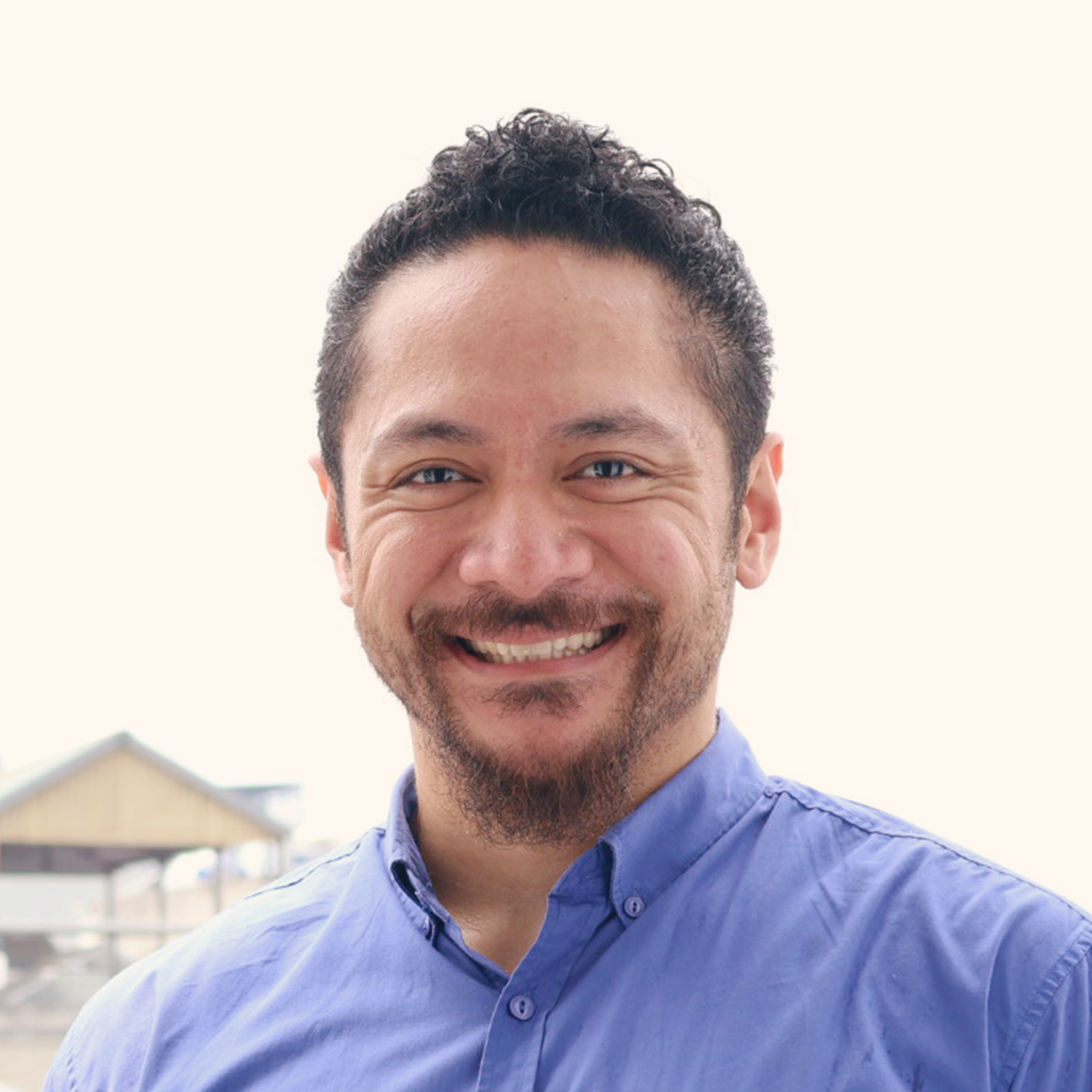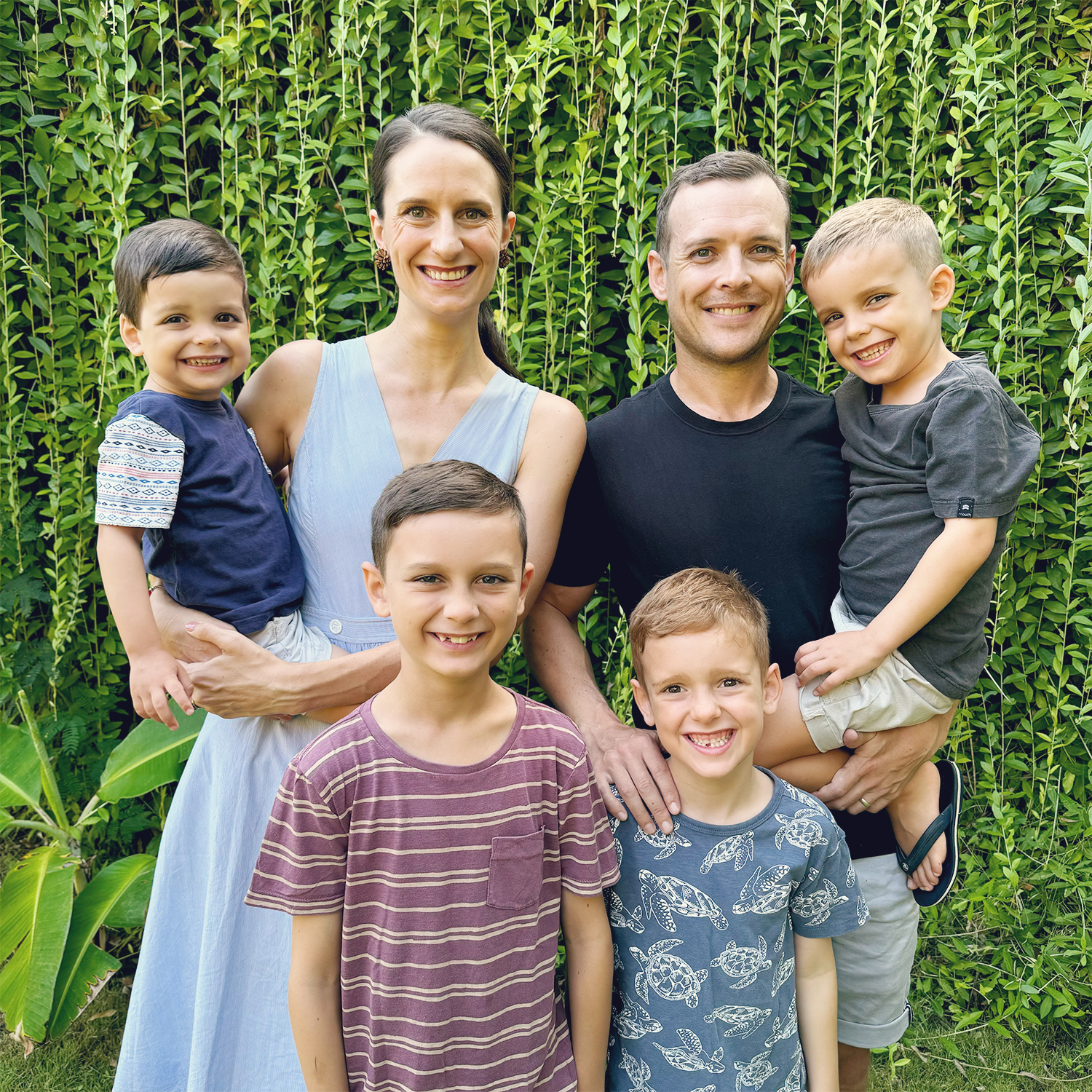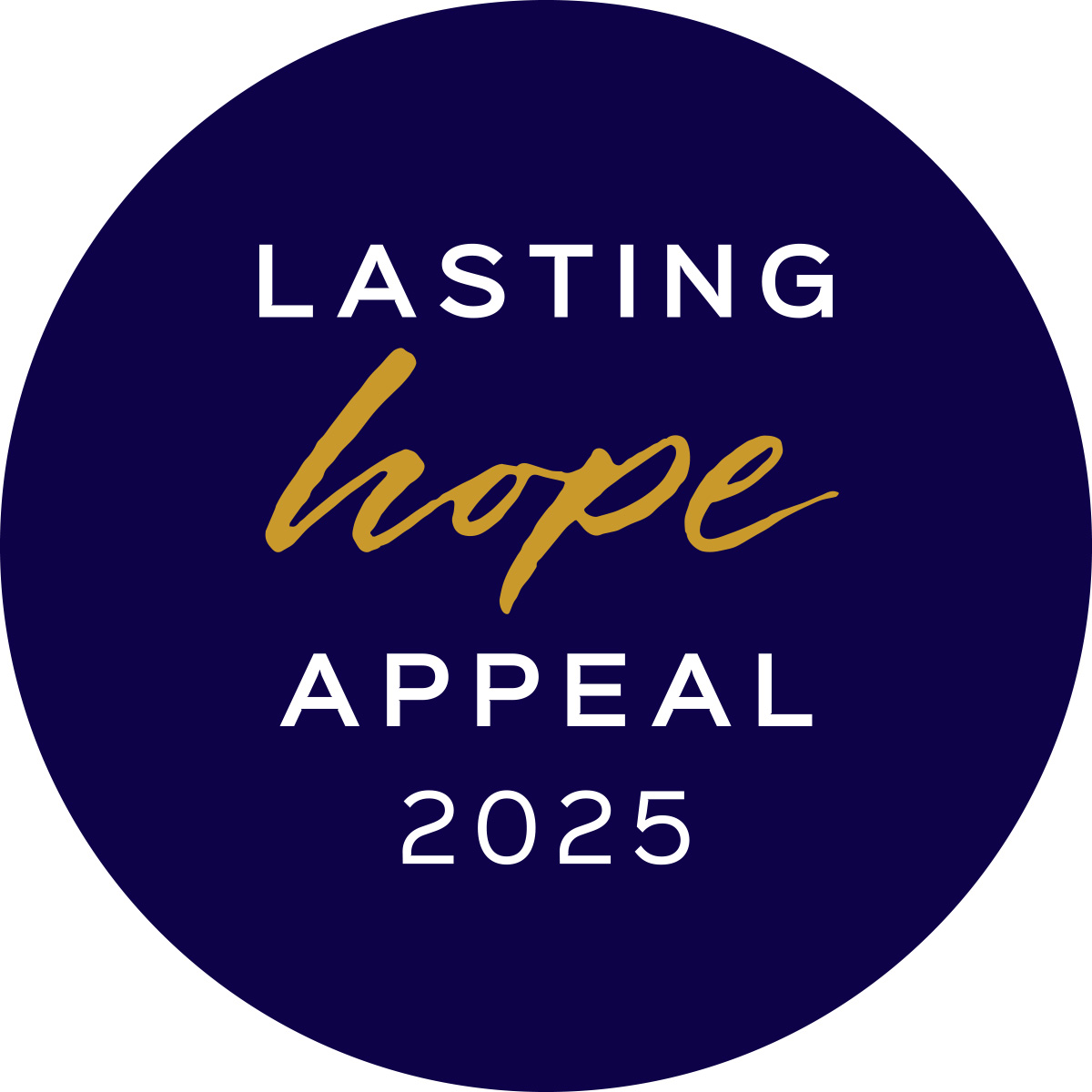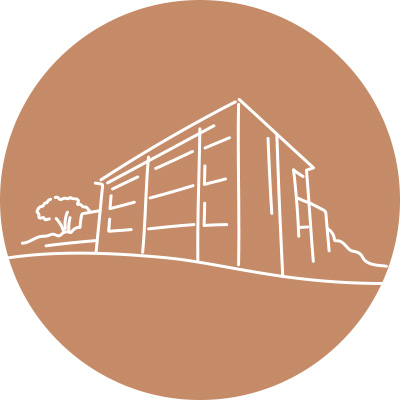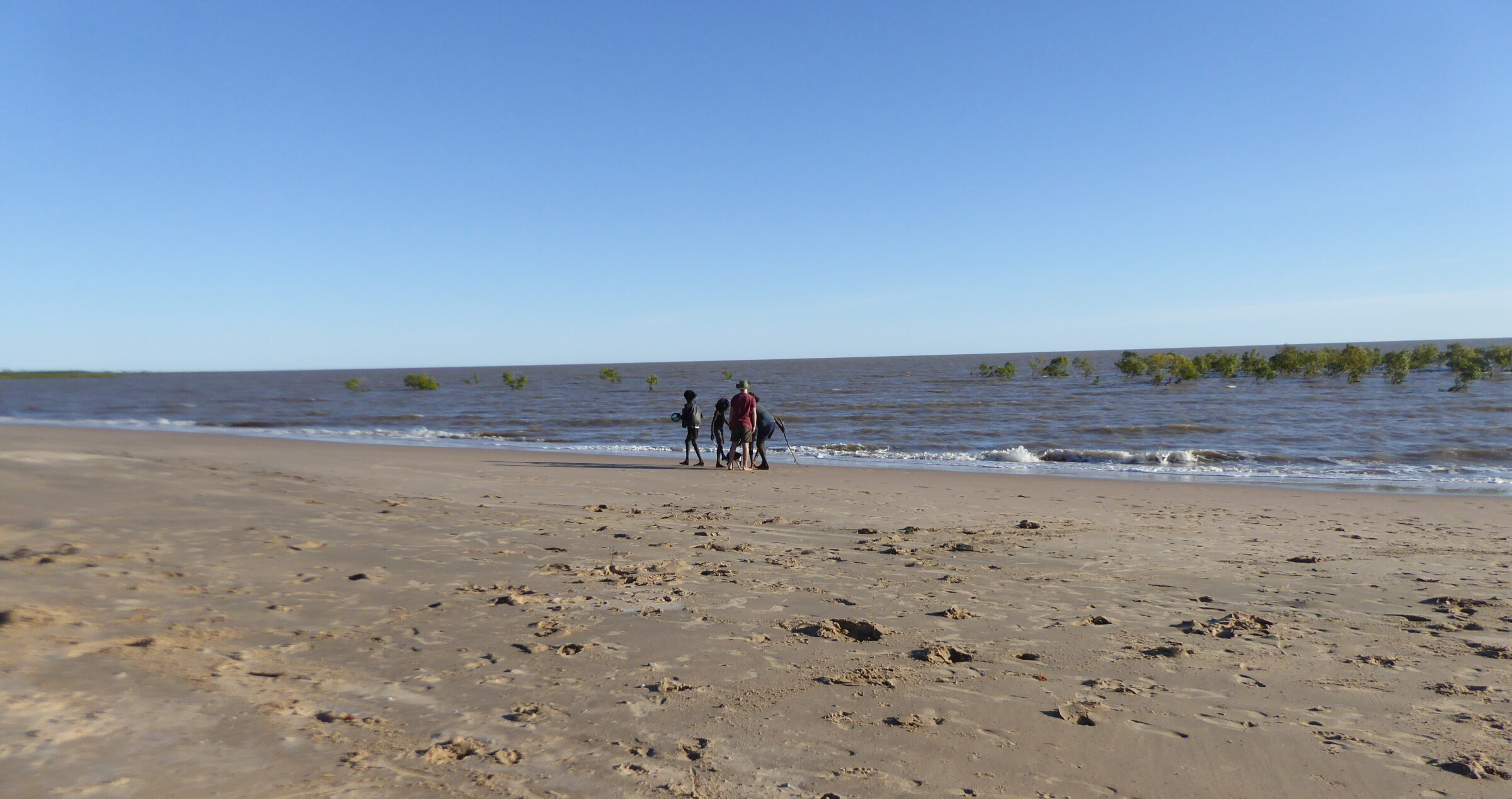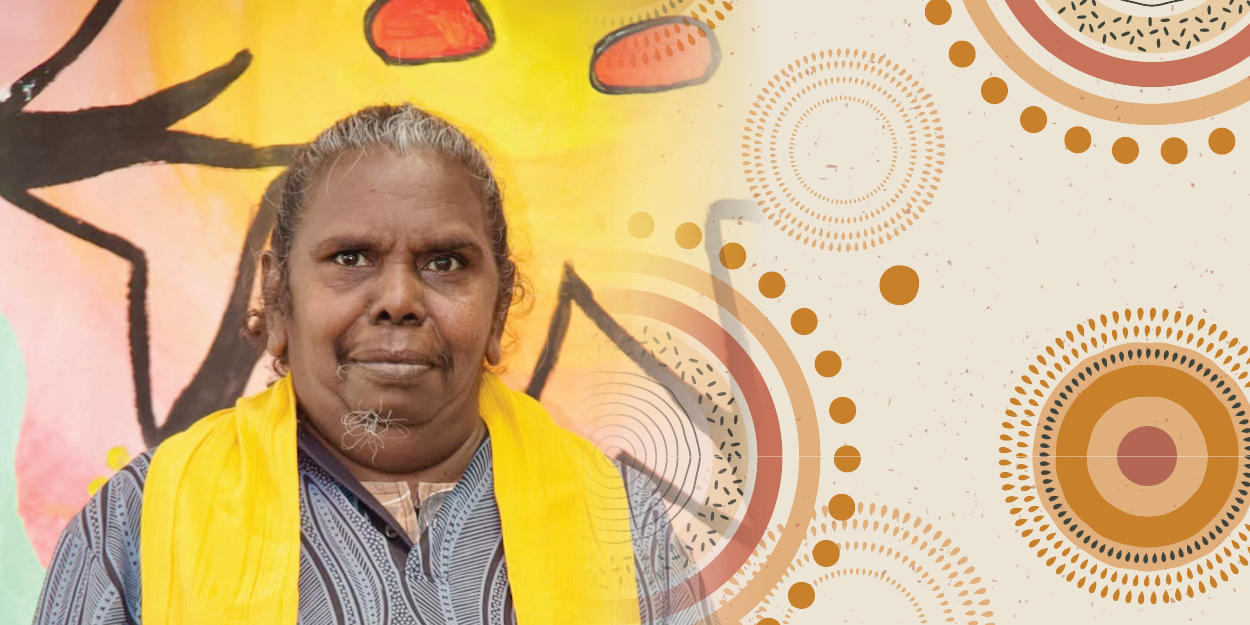-
Give
A
South Asia • NSW & ACT Branch
-
Give
Adam and Avril Friend
Africa • NSW & ACT Branch
-
Give
Adam and Helane Ramsay
East Asia • QNNSW Branch
-
Give
Adrian and Anita Lovell
Bolivia • NSW & ACT Branch
-
Give
AL (Mentac)
Australia • NSW & ACT Branch
-
Give
Amy Stephens
Argentina • NSW & ACT Branch
-
Give
AN (Mentac)
Australia • NSW & ACT Branch
-
Give
Andrew and Margie Newman
Africa • QNNSW Branch
-
Give
Andrew Buchanan and Abi Tandiseru
Indonesia • NSW & ACT Branch
-
Give
Andy and Rachel Carden
St Andrew's Hall • TAS Branch
-
Give
Anna Radkovic
Africa • VIC Branch •
Tax Deductible
-
Give
Anthony and Trudi Elyard
Africa • NSW & ACT Branch
-
Give
Anwar and Tsigereda
Africa • VIC Branch
-
Give
B
Middle East • WA Branch
-
Give
Bill and Linda Colyer
The Pacific • QNNSW Branch
-
Give
Brenton and Mel Kilby
Africa • NSW & ACT Branch
-
Give
Bryan and Sarah Haro Leon
Ecuador • TAS Branch
-
Give
C
Middle East • NSW & ACT Branch •
Tax Deductible
-
Give
Chenny Thie
East Asia • NSW & ACT Branch
-
Give
Chris and Erin
South East Asia • NSW & ACT Branch
-
Give
Chris and Grace Adams
South East Asia • VIC Branch
-
Give
Chris and Julie Dean
South East Asia • VIC Branch
-
Give
Chris and Karen Webb
Broome • NSW & ACT Branch •
Tax Deductible
-
Give
Chris and Kristy Galea
Europe • NSW & ACT Branch
-
Give
Chris and Stef Overhall
Chile • NSW & ACT Branch
-
Give
Colin and Catherine Puffett
Europe • NSW & ACT Branch
-
Give
Craig and Lisse
Middle East • NSW & ACT Branch
-
Give
D and T
Asia • SANT Branch •
Tax Deductible
-
Give
Dan and Erina Sawyer
St Andrew's Hall • NSW & ACT Branch
-
Give
Dan and Marg
Middle East • NSW & ACT Branch
-
Give
Daniel and Olivia Webster
Africa • NSW & ACT Branch •
Tax Deductible
-
Give
David and Beck McIntyre
East Asia • NSW & ACT Branch
-
Give
David and Cathie Sandifer
Europe • NSW & ACT Branch
-
Give
David and Jennifer Juniper
Africa • WA Branch
-
Give
Dene and Rachel Hughes
East Asia • QNNSW Branch
-
Give
Derek and Rosemary Snibson
Darwin • VIC Branch •
Tax Deductible
-
Give
Derk and Susan
South Asia • WA Branch •
Tax Deductible
-
Give
E
South Asia • NSW & ACT Branch
-
Give
Elizabeth
Middle East • NSW & ACT Branch
-
Give
Elle Bryce
East Asia • QNNSW Branch
-
Give
Emma Payne
Europe • VIC Branch
-
Give
Gavin and Megan Rosser
Jordan • NSW & ACT Branch
-
Give
Gillian Akers
Europe • NSW & ACT Branch
-
Give
Gillian Law
Europe • QNNSW Branch
-
Give
Grant and Alison Gallant
St Andrew's Hall • NSW & ACT Branch
-
Give
Howard and Trisha Spencer
Belgium • NSW & ACT Branch
-
Give
I
South East Asia • VIC Branch
-
Give
Ian and Jenny Wood
Darwin • NSW & ACT Branch •
Tax Deductible
-
Give
J and A
St Andrew's Hall • NSW & ACT Branch
-
Give
J and P
Eurasia • NSW & ACT Branch
-
Give
J and S
Central Asia • QNNSW Branch •
Tax Deductible
-
Give
Jason and Hannah Fairclough
Europe • WA Branch
-
Give
Je
Middle East • NSW & ACT Branch •
Tax Deductible
-
Give
Jeremy and Jill Horrocks
Cambodia • NSW & ACT Branch
-
Give
Jim and Tanja French
Europe • NSW & ACT Branch
-
Give
Jo
Middle East • NSW & ACT Branch •
Tax Deductible
-
Give
Joel and Tiffanie Atwood
The Pacific • NSW & ACT Branch
-
Give
John and Deb
Middle East • VIC Branch
-
Give
Jon and Deborah
South East Asia • VIC Branch
-
Give
Josh and Nici
South East Asia • NSW & ACT Branch
-
Give
Josh and Steph Mackenzie
North Australia • VIC Branch •
Tax Deductible
-
Give
Josh and Susannah Apieczonek
Europe • NSW & ACT Branch
-
Give
Jotham Booker
Europe • NSW & ACT Branch
-
Give
Julie
South East Asia • NSW & ACT Branch
-
Give
K
South Asia • TAS Branch
-
Give
K
South East Asia • SANT Branch •
Tax Deductible
-
Give
Karina Brabham
Europe • NSW & ACT Branch
-
Give
Keith and Marion Birchley
Papua New Guinea • QNNSW Branch
-
Give
Kellie Nicholas
East Asia • NSW & ACT Branch
-
Give
Klaus and Jude Hickel
Europe • NSW & ACT Branch
-
Give
Kylie Zietsch
Africa • NSW & ACT Branch
-
Give
L
Middle East • VIC Branch
-
Give
L and C
South East Asia • QNNSW Branch •
Tax Deductible
-
Give
Lachlan and Candy Grice
East Asia • NSW & ACT Branch
-
Give
Lachlan and Zaneta Neal
St Andrew's Hall • NSW & ACT Branch
-
Give
Lauren Raiter
Europe • VIC Branch
-
Give
M
Africa • NSW & ACT Branch •
Tax Deductible
-
Give
M
Middle East • SANT Branch
-
Give
M (QNNSW)
Middle East • QNNSW Branch
-
Give
M and K
South Asia • VIC Branch •
Tax Deductible
-
Give
Maggie Crewes
North Australia • SANT Branch •
Tax Deductible
-
Give
Malcolm and Ainsley Purdey
Chile • SANT Branch
-
Give
Martin and Julie Field
Argentina • NSW & ACT Branch
-
Give
Marty and Jenny Foord
Singapore • WA Branch
-
Give
Matt and Bex Ooi
East Asia • VIC Branch
-
Give
Matt and Lisa Pearson
Gunbalanya • NSW & ACT Branch •
Tax Deductible
-
Give
Matthew and Ellen Tyler
The Pacific • NSW & ACT Branch
-
Give
Maurice and Amanda Jacobson
Cambodia • TAS Branch
-
Give
Michael and Ashlynne Davis
St Andrew's Hall • WA Branch
-
Give
Michael and Jean Burke
Africa • NSW & ACT Branch
-
Give
Michael and Rani Grivas-Allison
Belgium • NSW & ACT Branch
-
Give
Mike and Katie Taylor
Africa • NSW & ACT Branch
-
Give
Miriam Bradshaw
Europe • NSW & ACT Branch
-
Give
Morgan and Olivia
Middle East • NSW & ACT Branch
-
Give
N and R
South East Asia • NSW & ACT Branch
-
Give
Na
South East Asia • NSW & ACT Branch •
Tax Deductible
-
Give
Nathan and Diane Lovell
Africa • NSW & ACT Branch
-
Give
Nathan and Maki Clapham
East Asia • NSW & ACT Branch
-
Give
Ned Gifford
St Andrew's Hall • NSW & ACT Branch
-
Give
Nick and Kysha Davies
Latin America • NSW & ACT Branch
-
Give
Pedro and Joy Oliveira Woolmer
Latin America • NSW & ACT Branch
-
Give
Peter and Terry Blowes
Argentina • NSW & ACT Branch
-
Give
R
Eurasia • QNNSW Branch
-
Give
Ray and Sandy
Middle East • NSW & ACT Branch
-
Give
Rebekah
South East Asia • NSW & ACT Branch
-
Give
Rowan
South East Asia • VIC Branch
-
Give
Ryan and Lynne Verghese
Africa • NSW & ACT Branch
-
Give
S and D
Central Asia • NSW & ACT Branch
-
Give
S and E
South Asia • VIC Branch
-
Give
S and M
Middle East • NSW & ACT Branch •
Tax Deductible
-
Give
S and P
Middle East • WA Branch
-
Give
Sam and Bec Gorfine
North Australia • VIC Branch •
Tax Deductible
-
Give
Sam and Shan-Shan Chrisp
East Asia • NSW & ACT Branch
-
Give
Sam and Sharmila Budhathoki
Nepal • WA Branch
-
Give
Simon and Jessica Cowell
Europe • NSW & ACT Branch
-
Give
Stephanie Hawkins
St Andrew's Hall • QNNSW Branch
-
Give
Steven and Sandra Parsons
East Asia • NSW & ACT Branch
-
Give
Taulama Siuhengalu
South East Asia • NSW & ACT Branch
-
Give
Tim and Olivia Mulherin
Cambodia • VIC Branch
-
Give
Tony and Yenli Nguyen
St Andrew's Hall • NSW & ACT Branch
-
Give
W and S
Middle East • NSW & ACT Branch
-
Give
Yumin
South East Asia • TAS Branch

